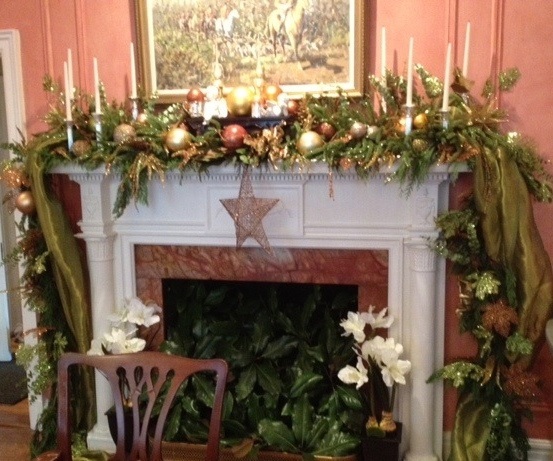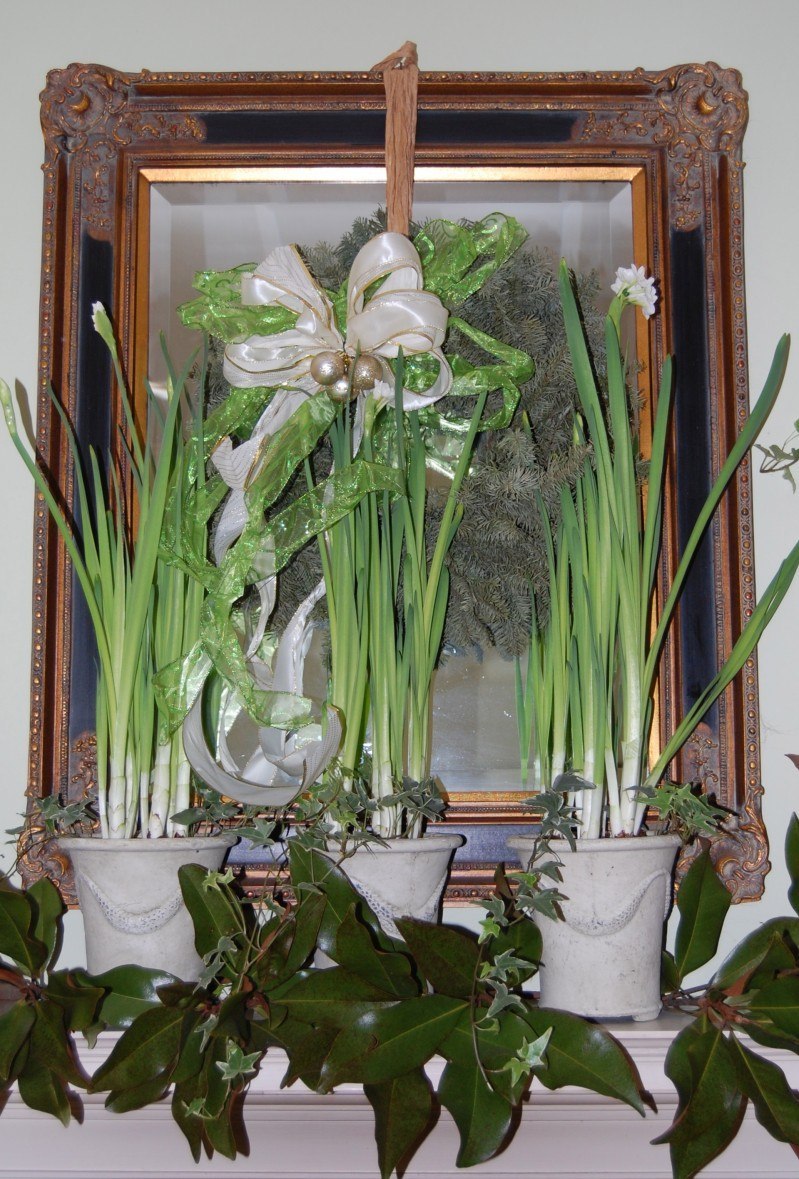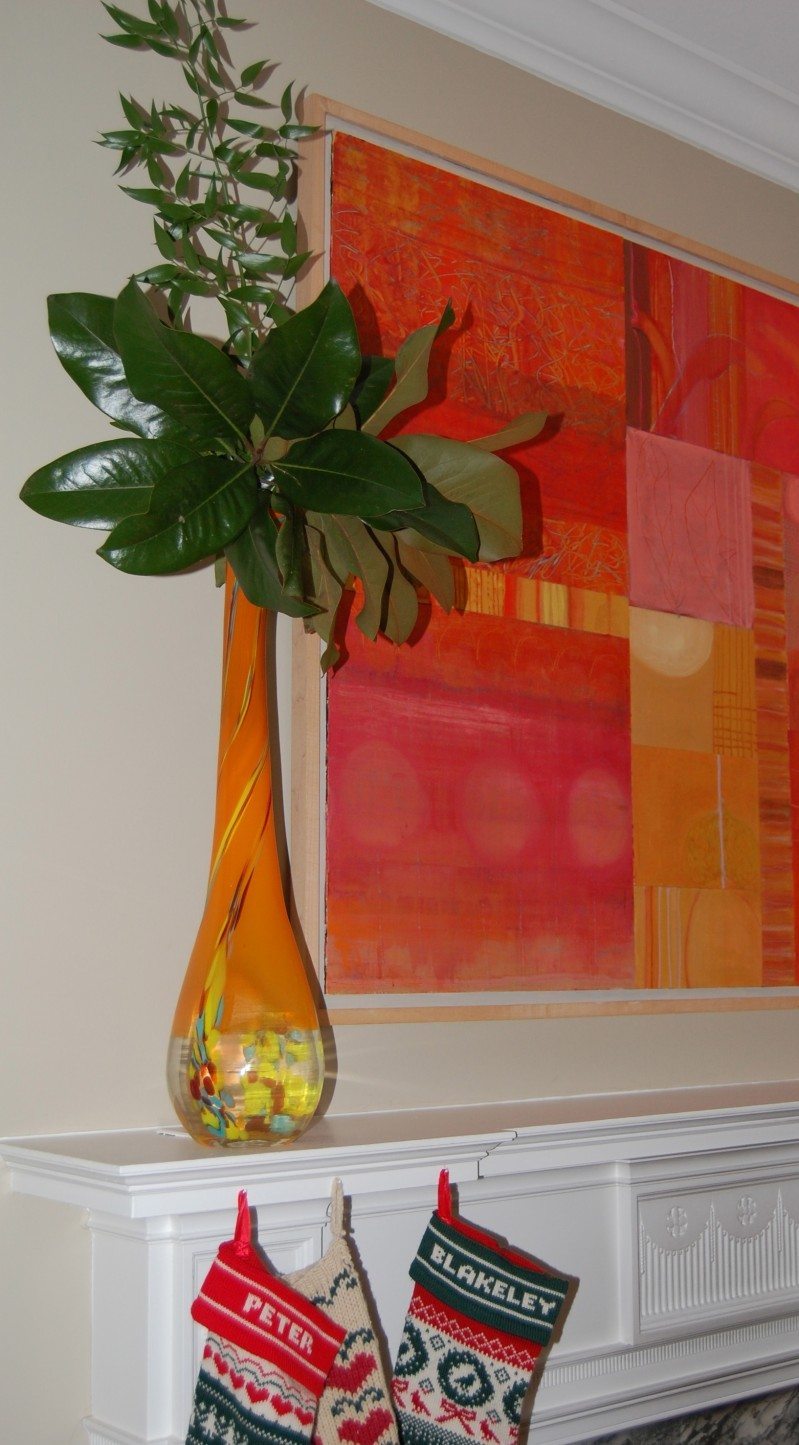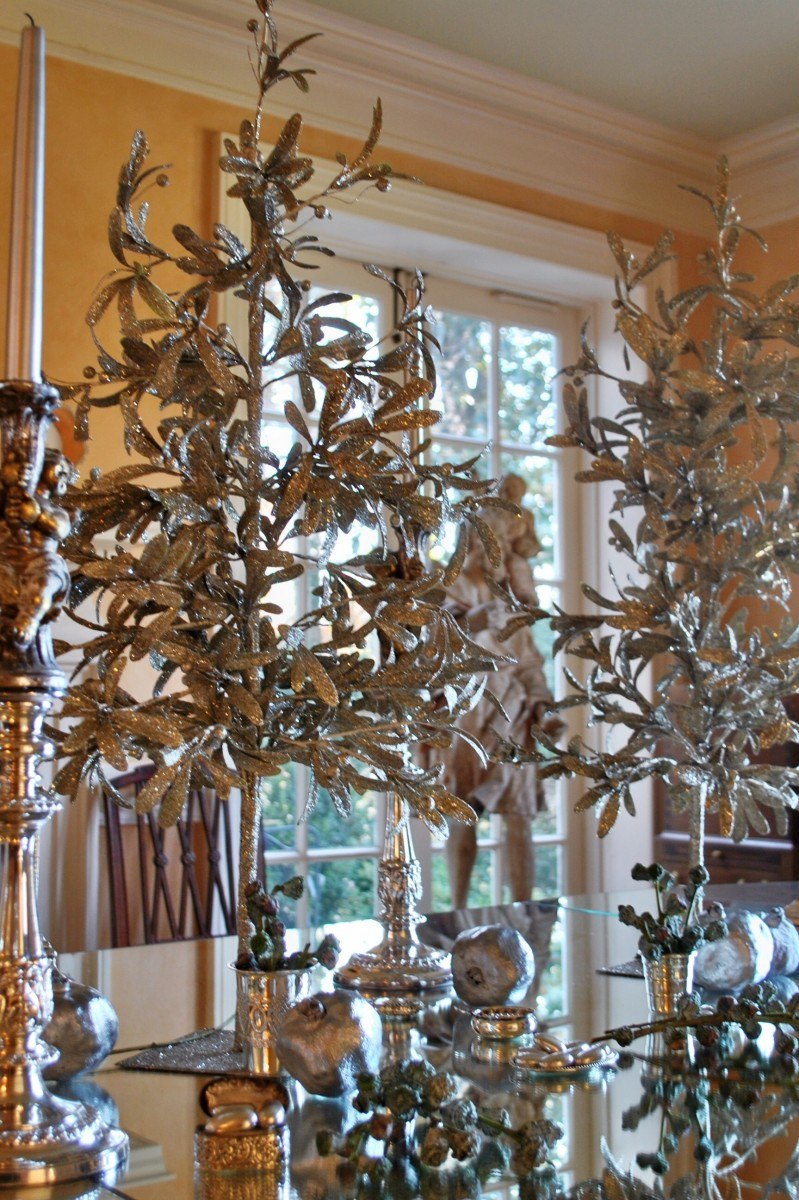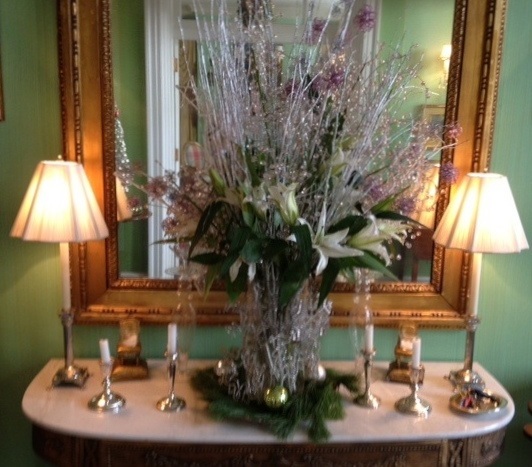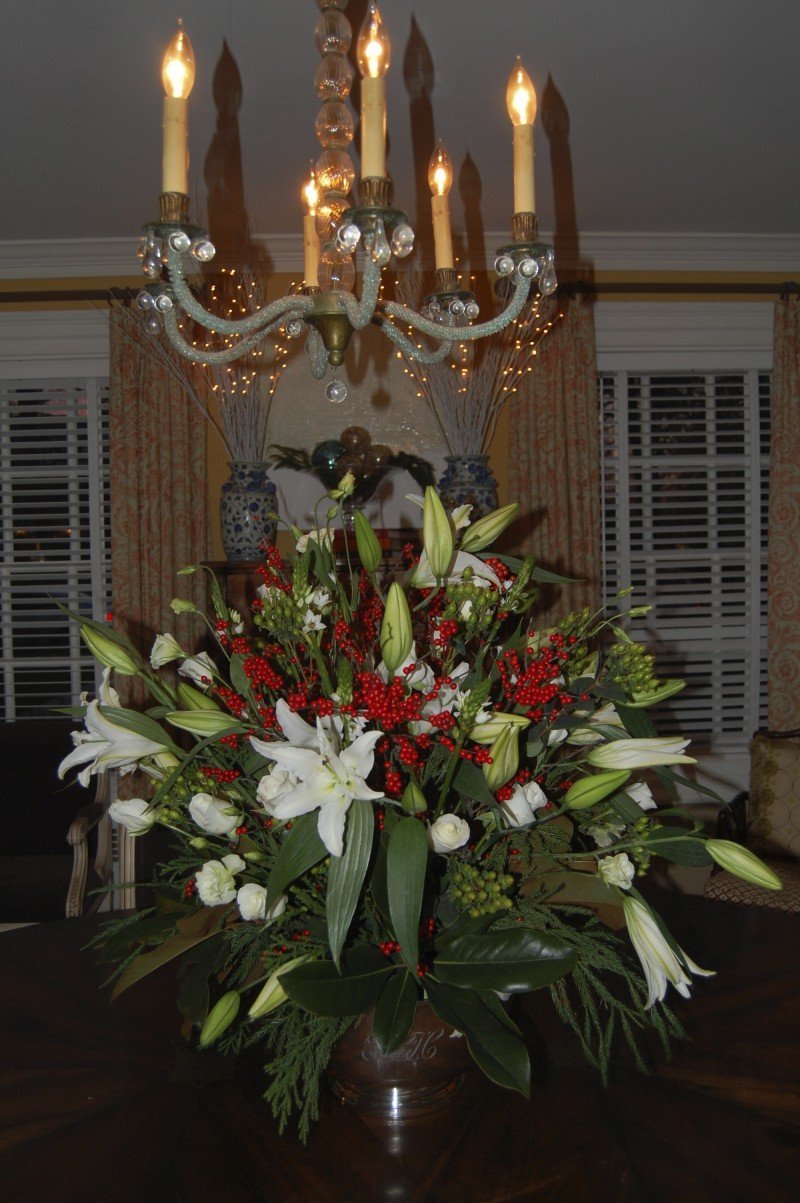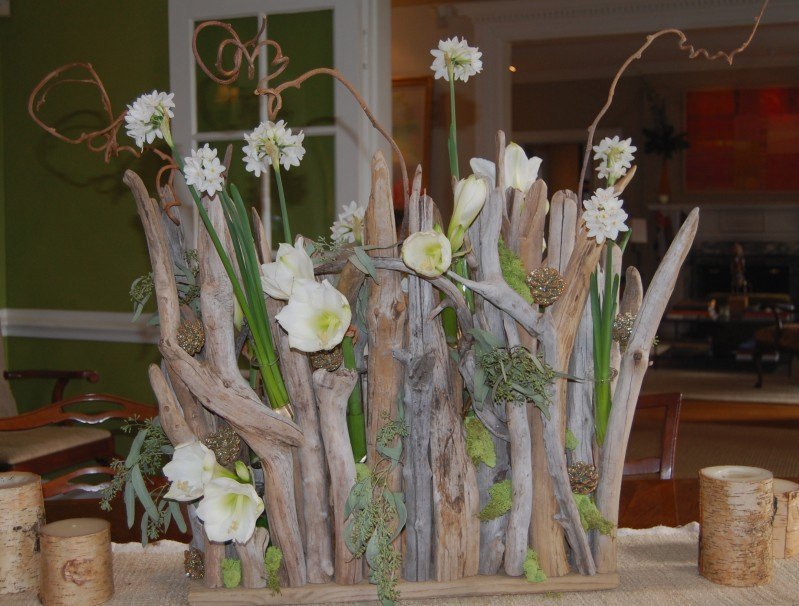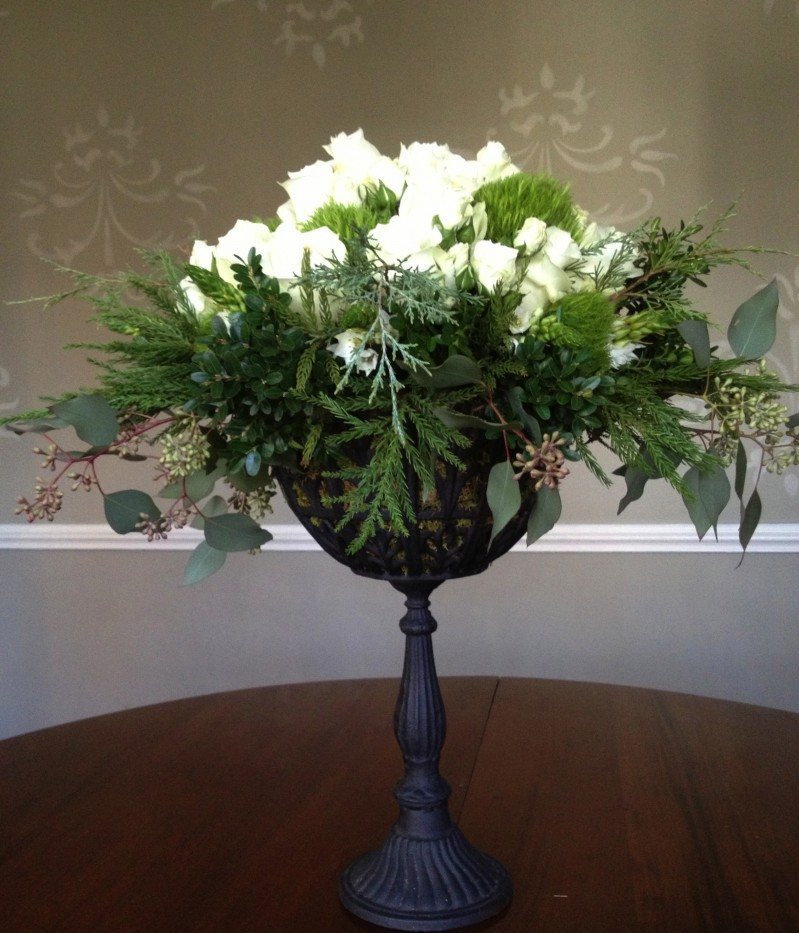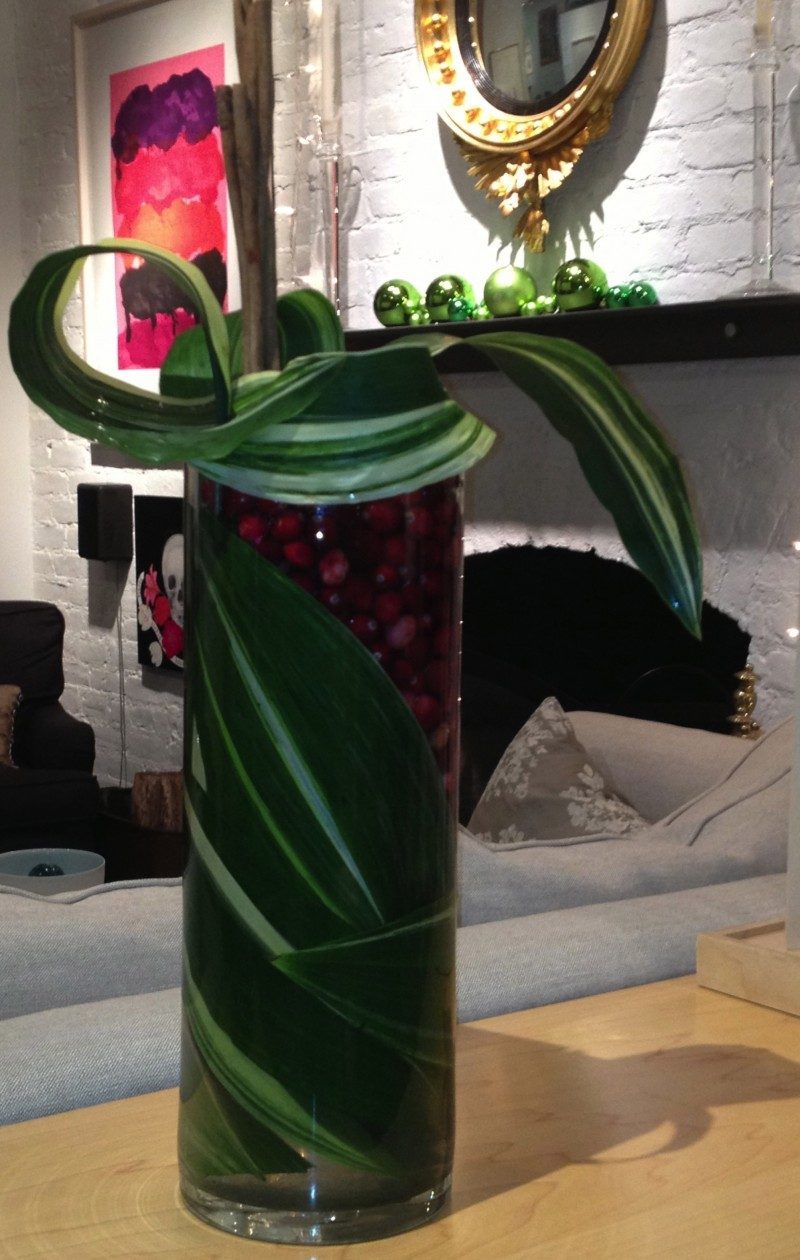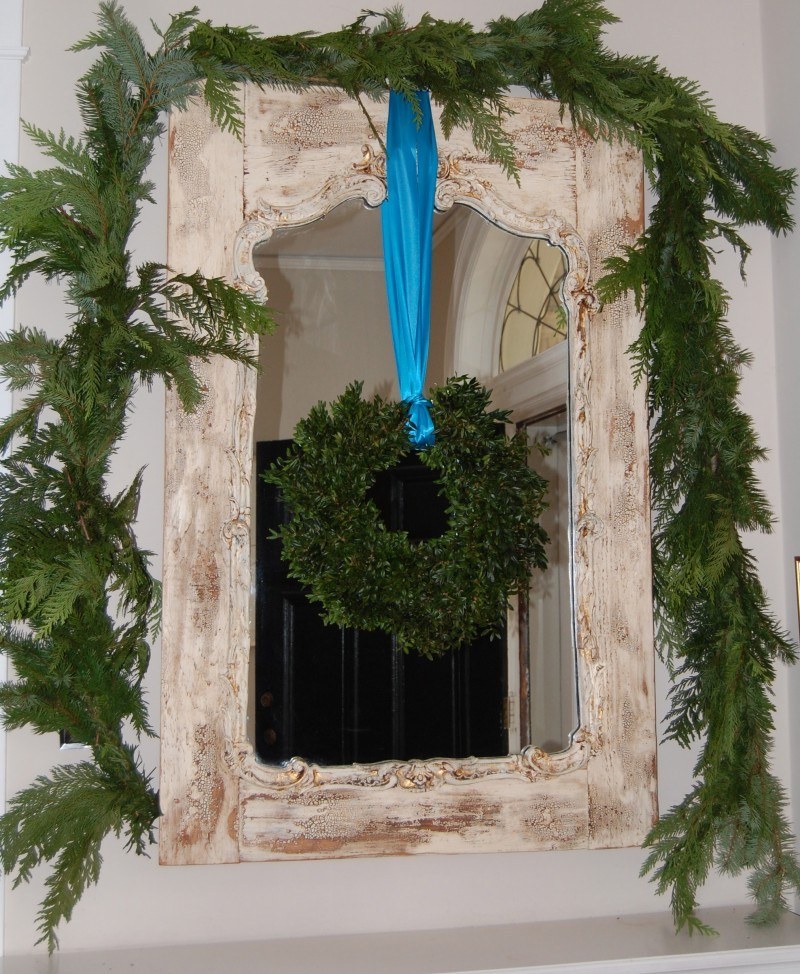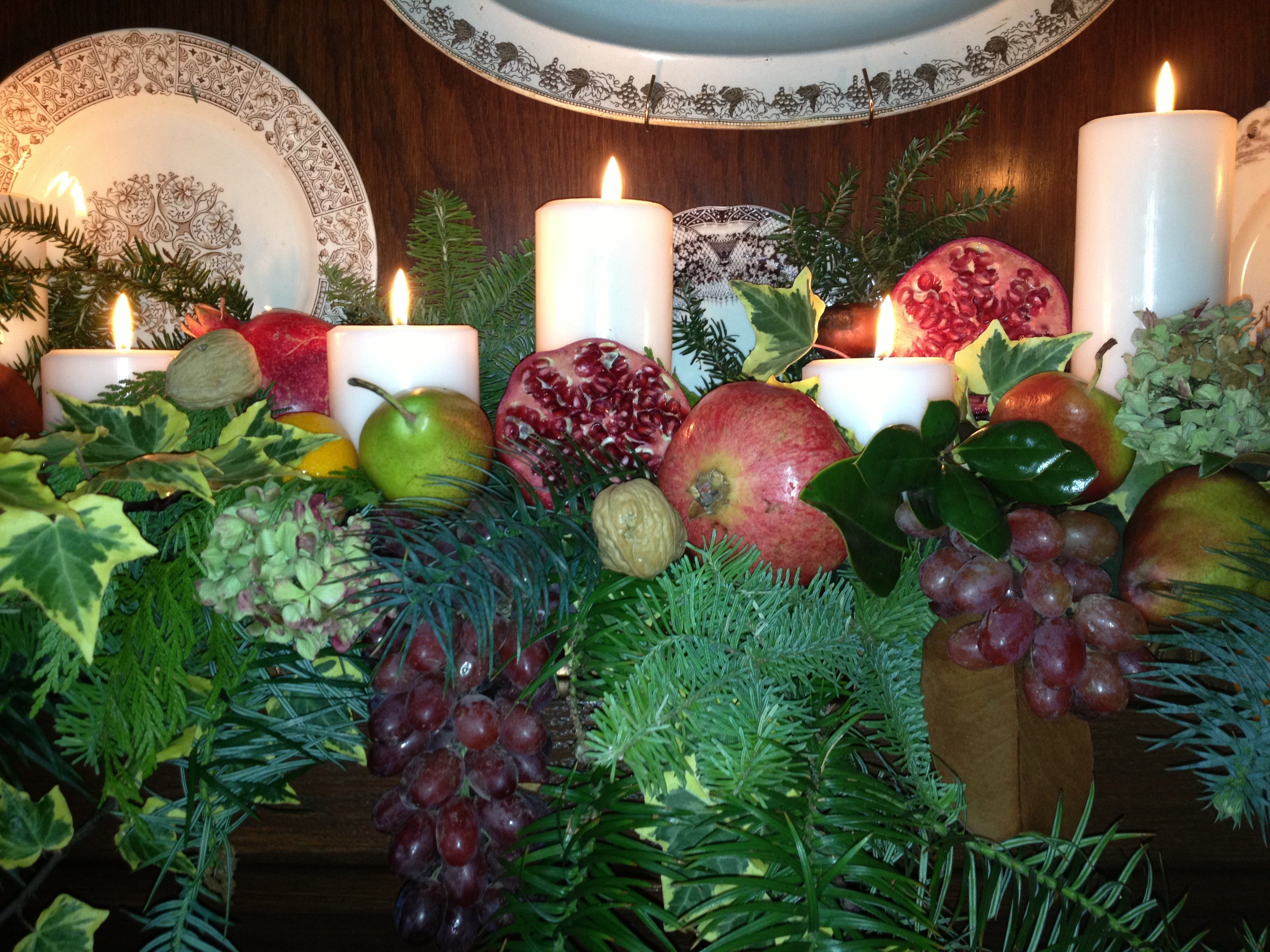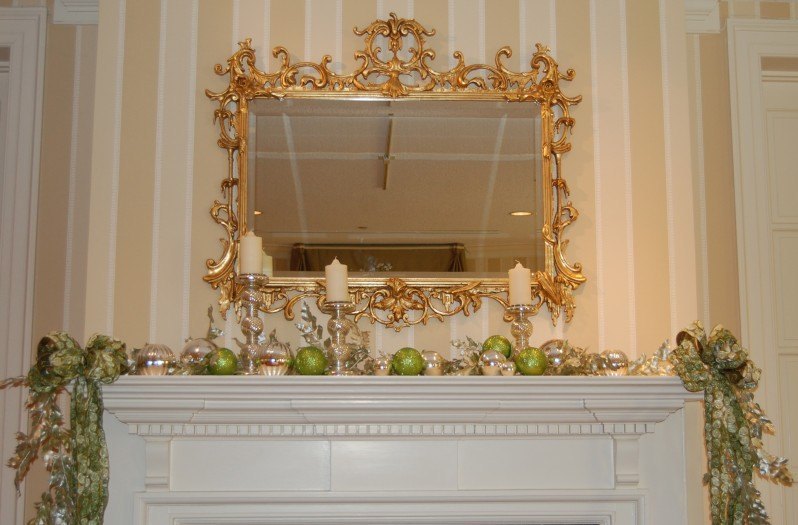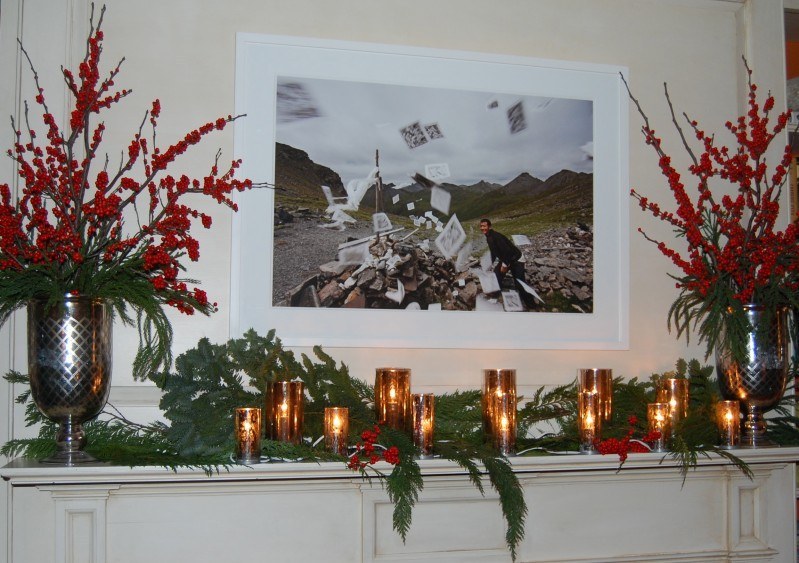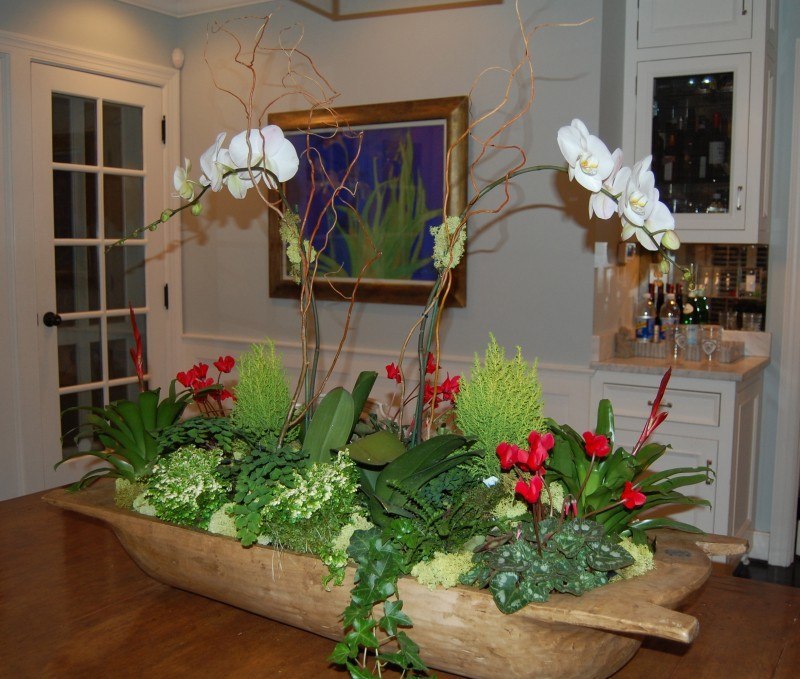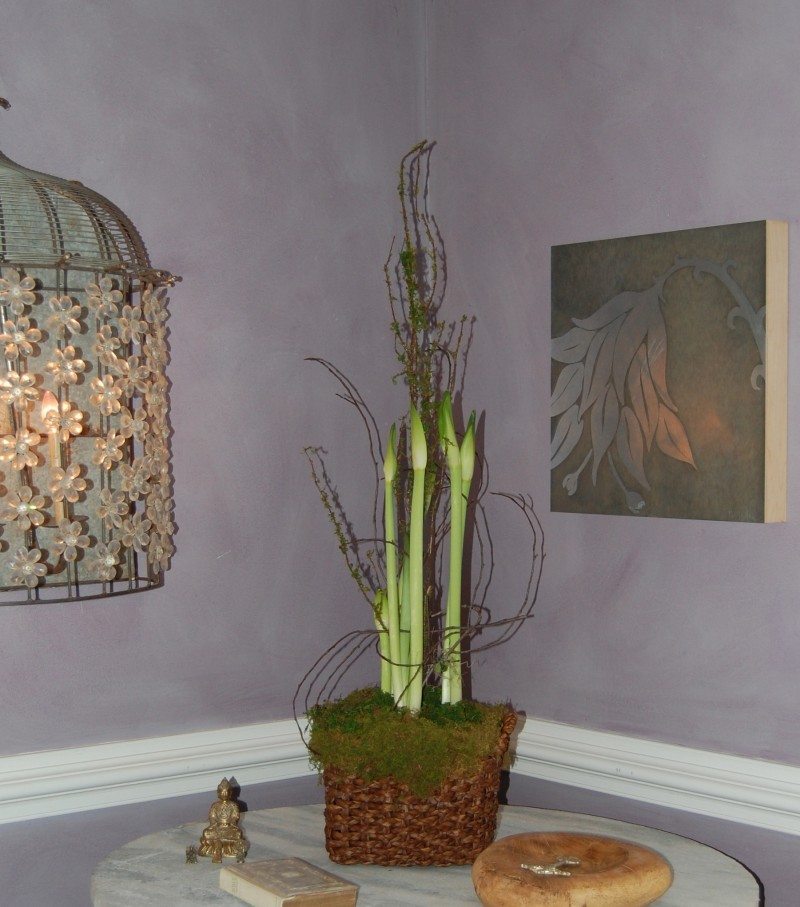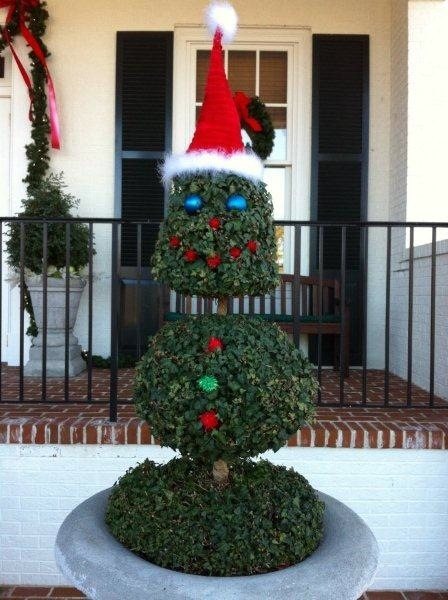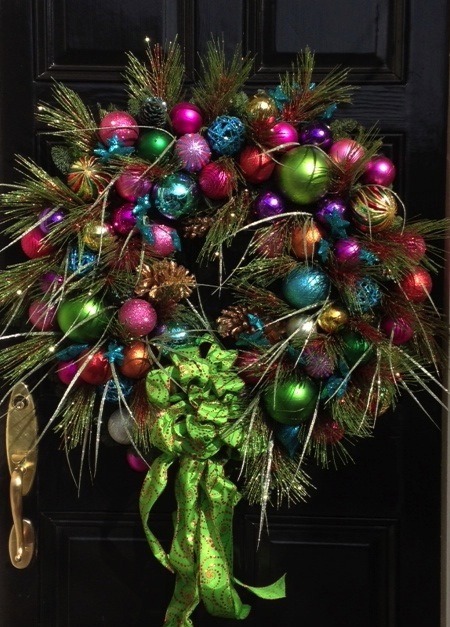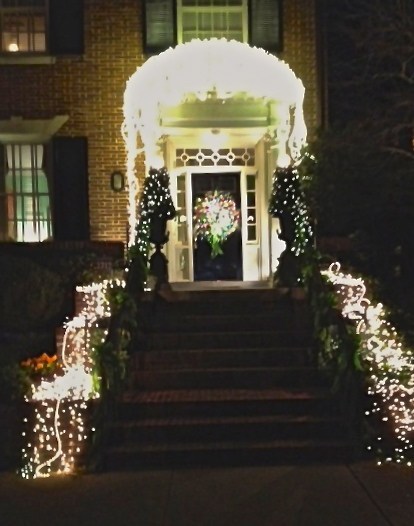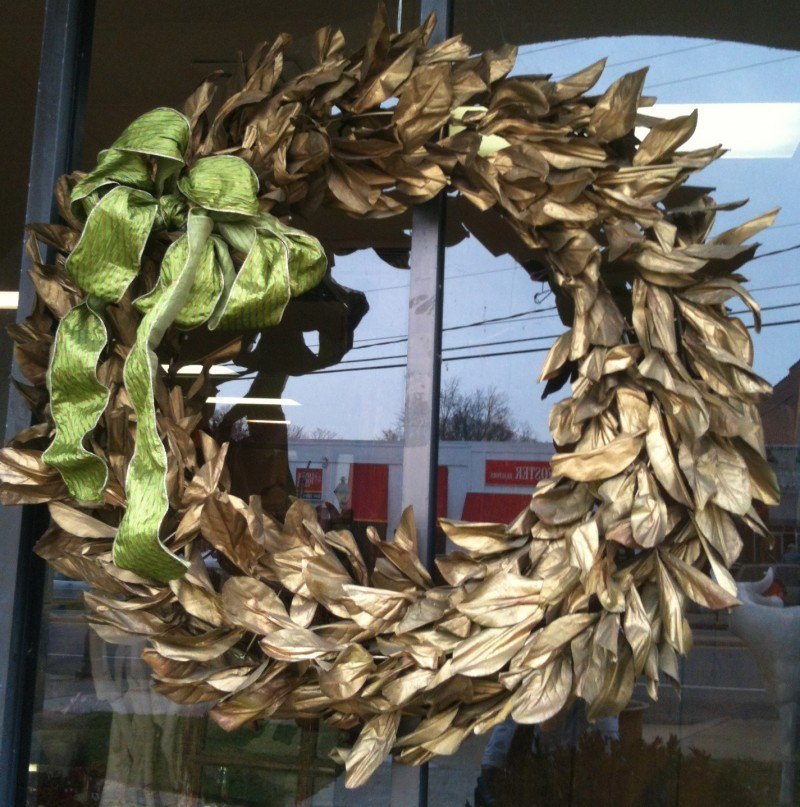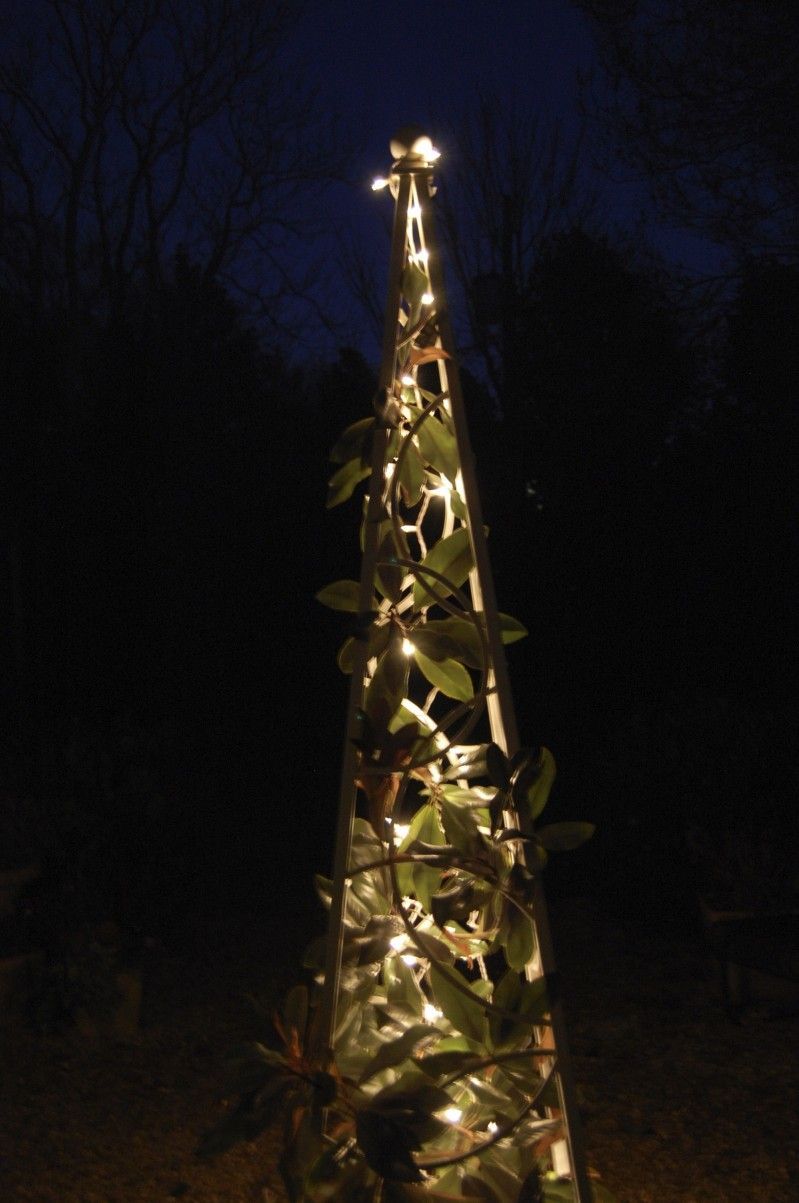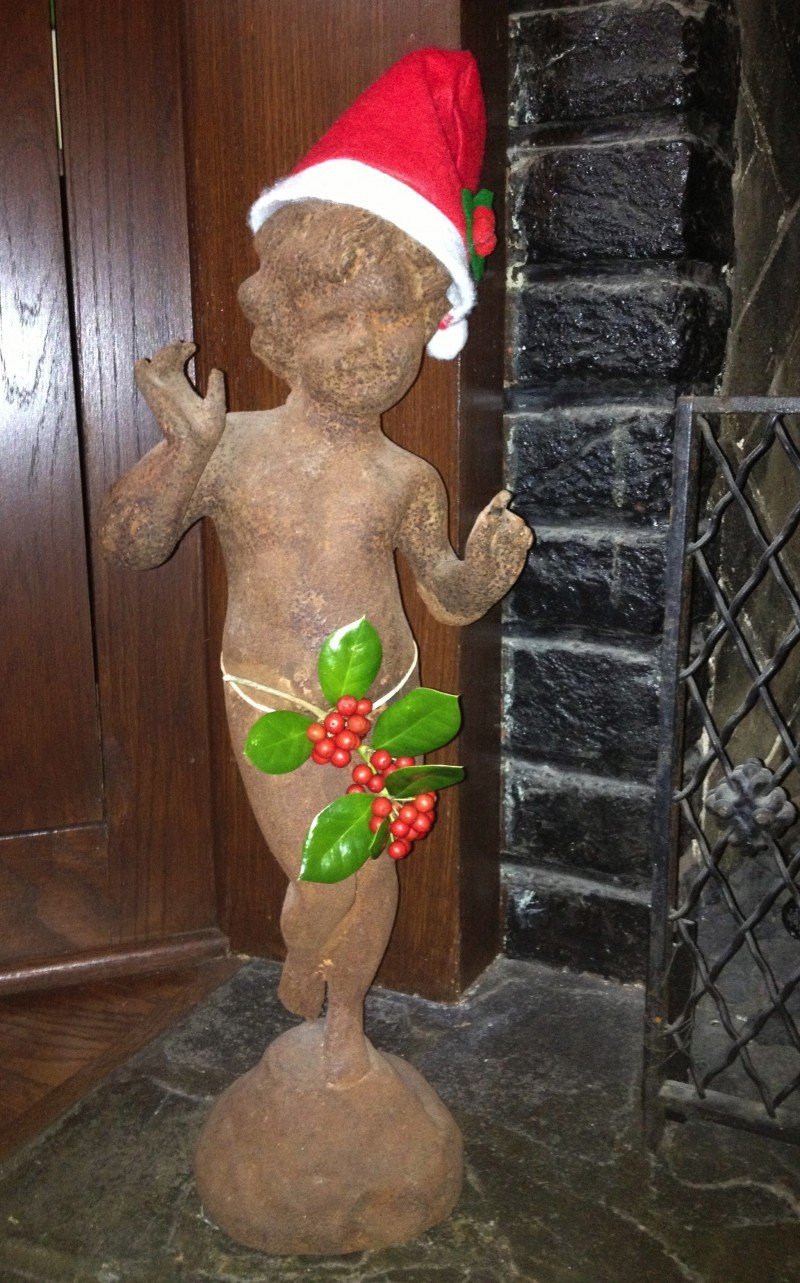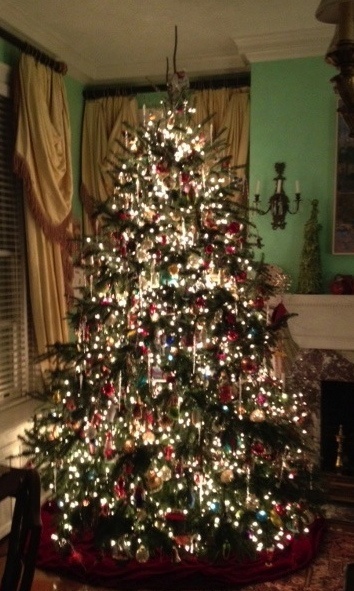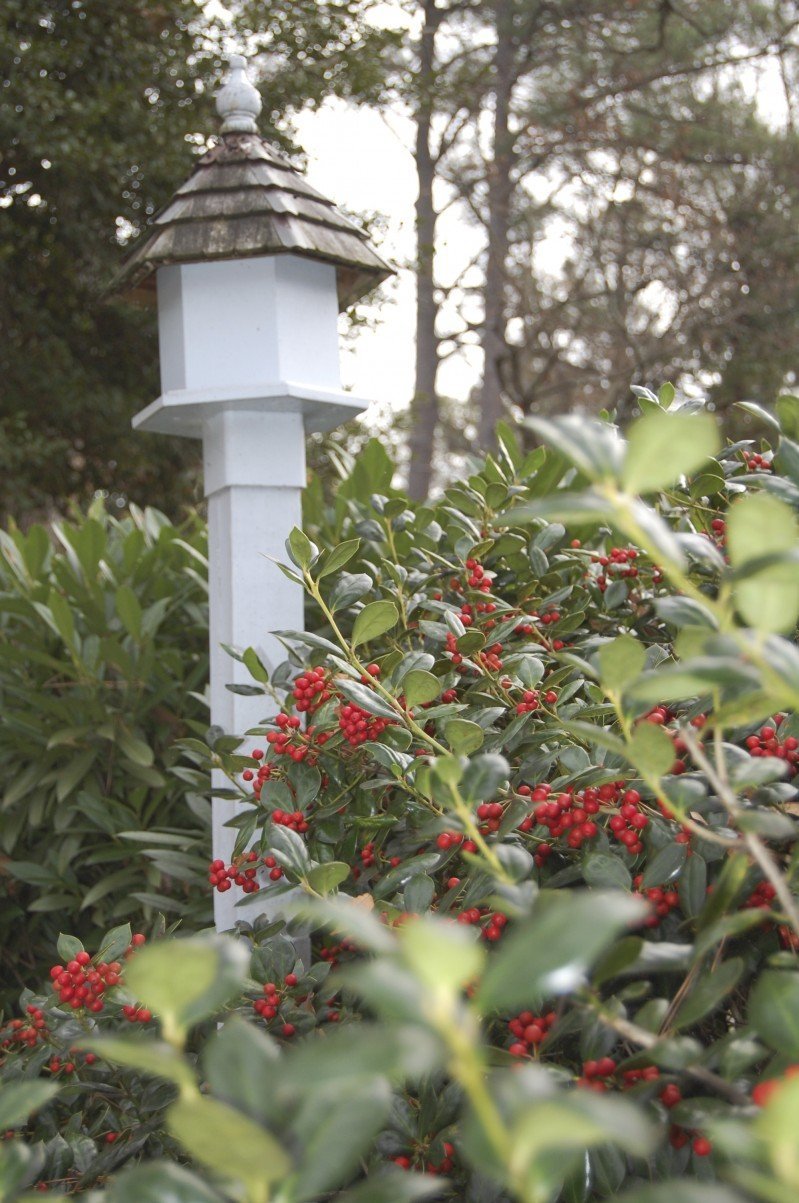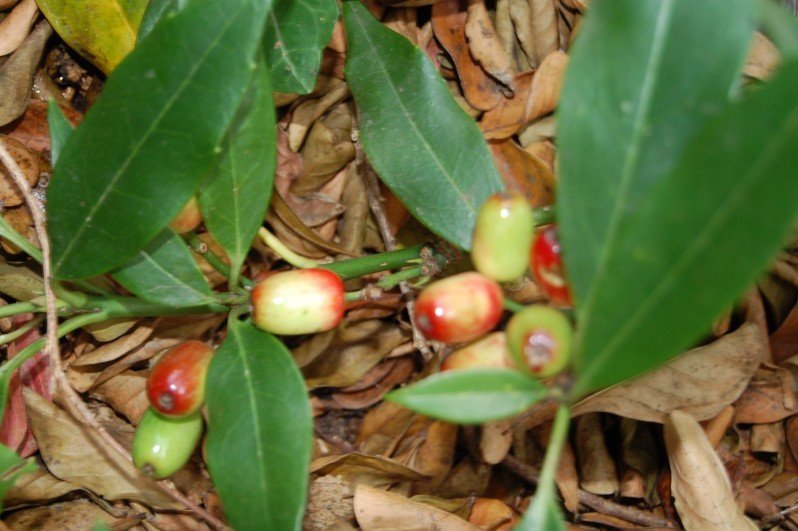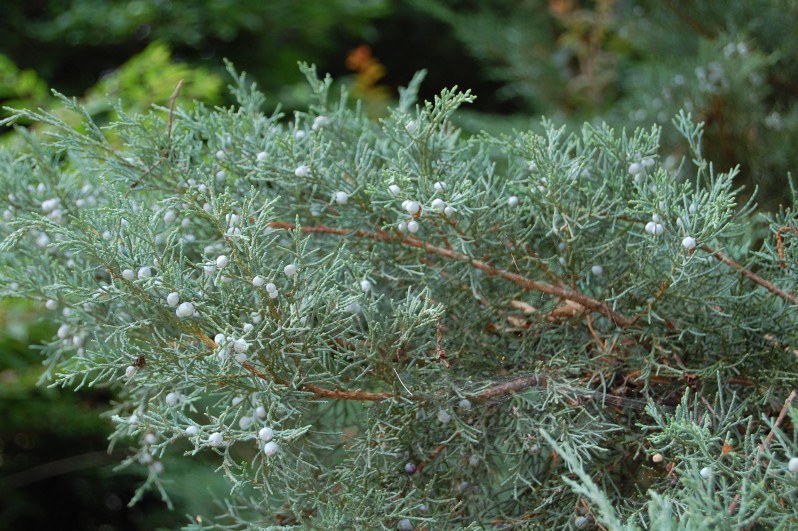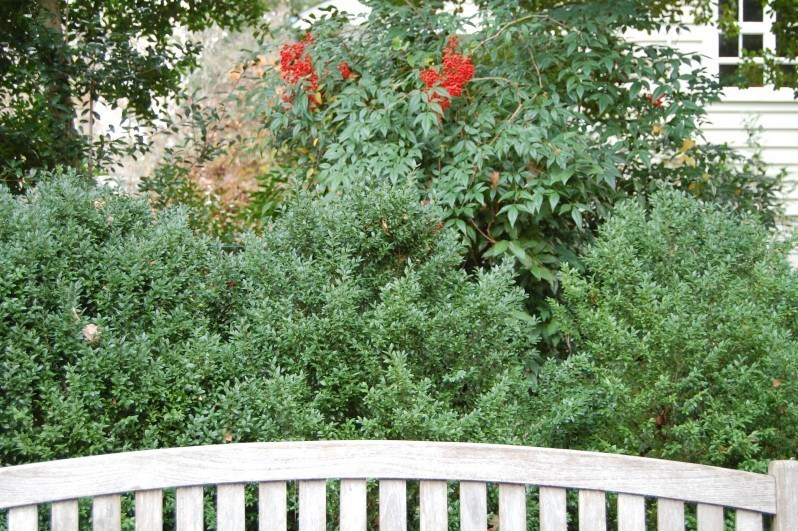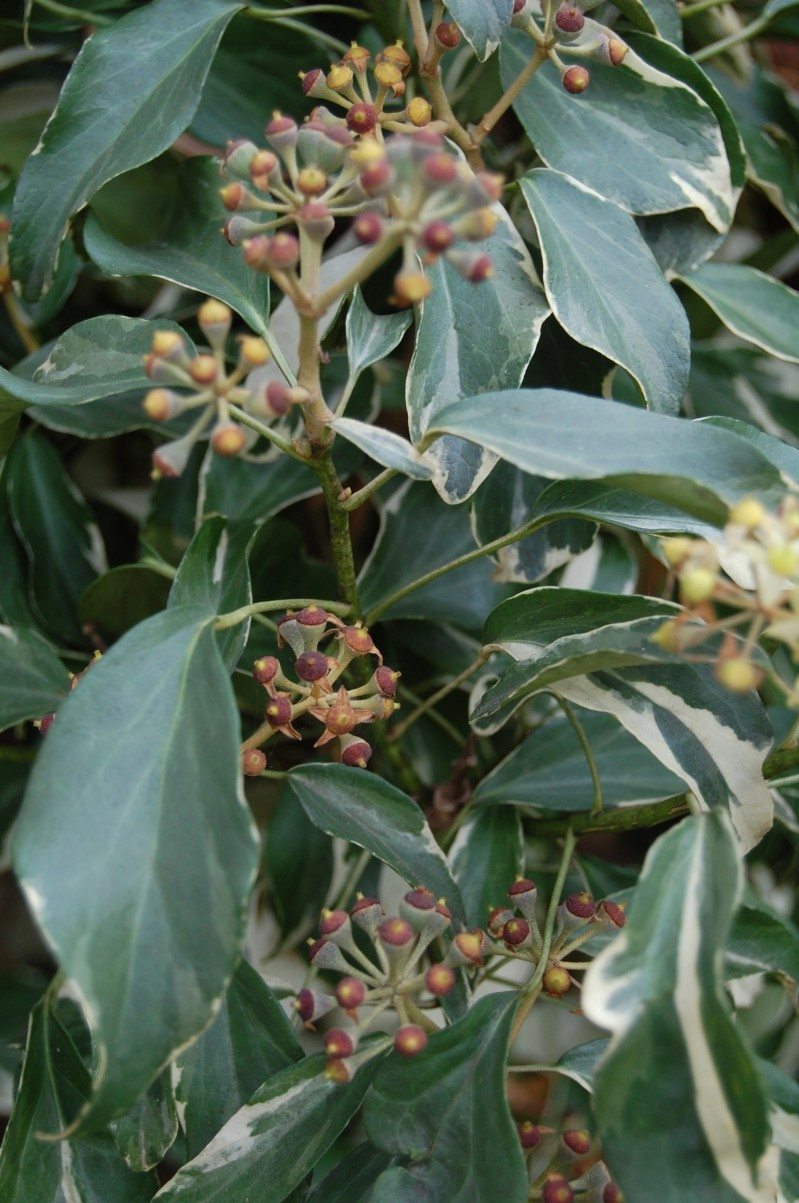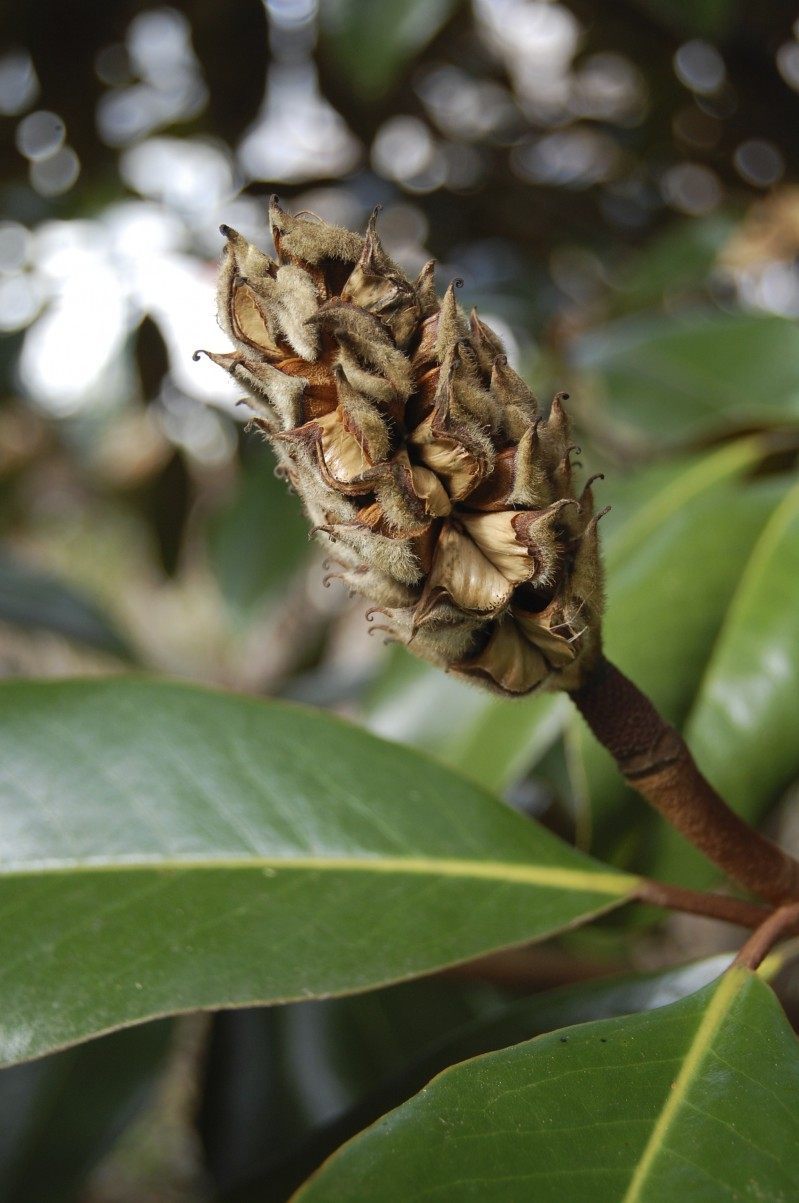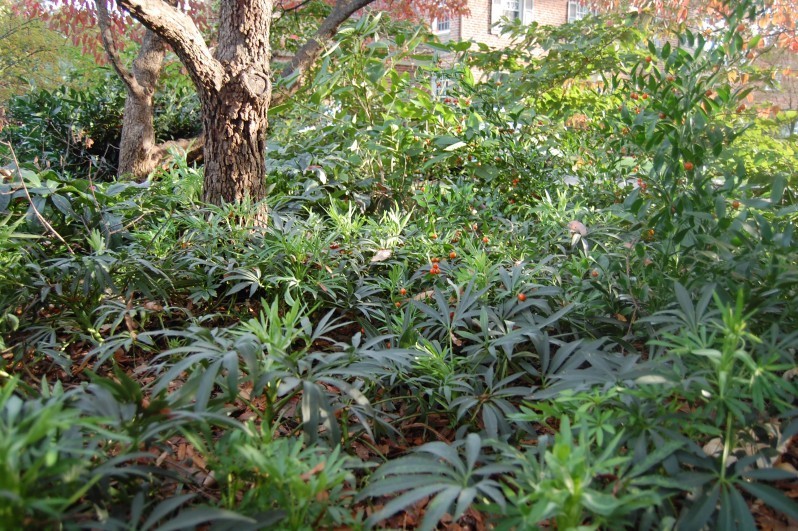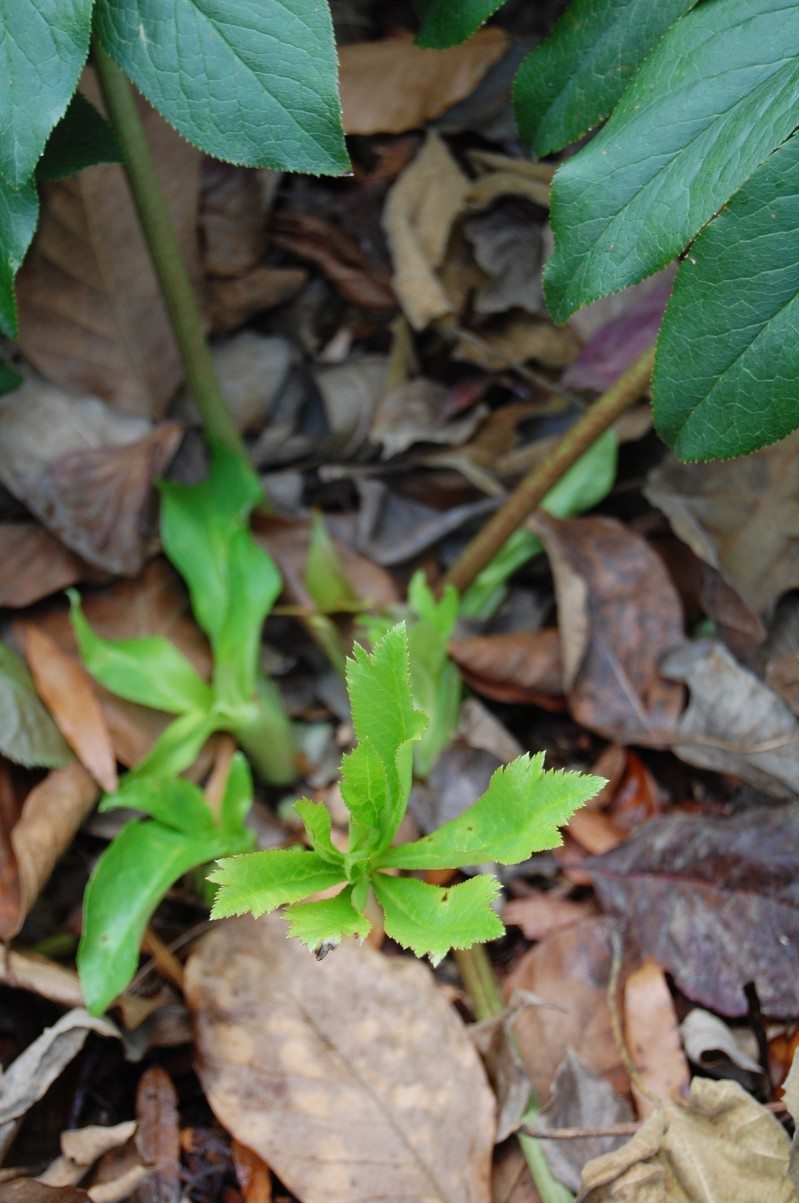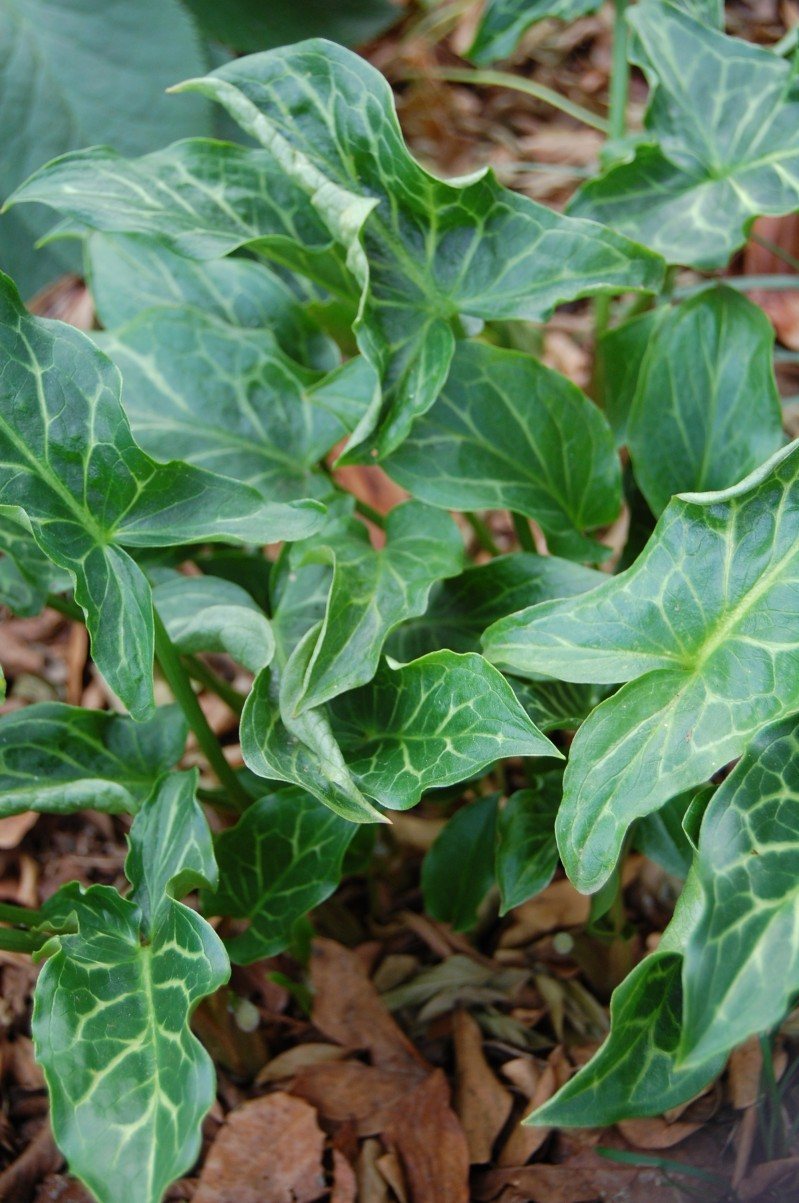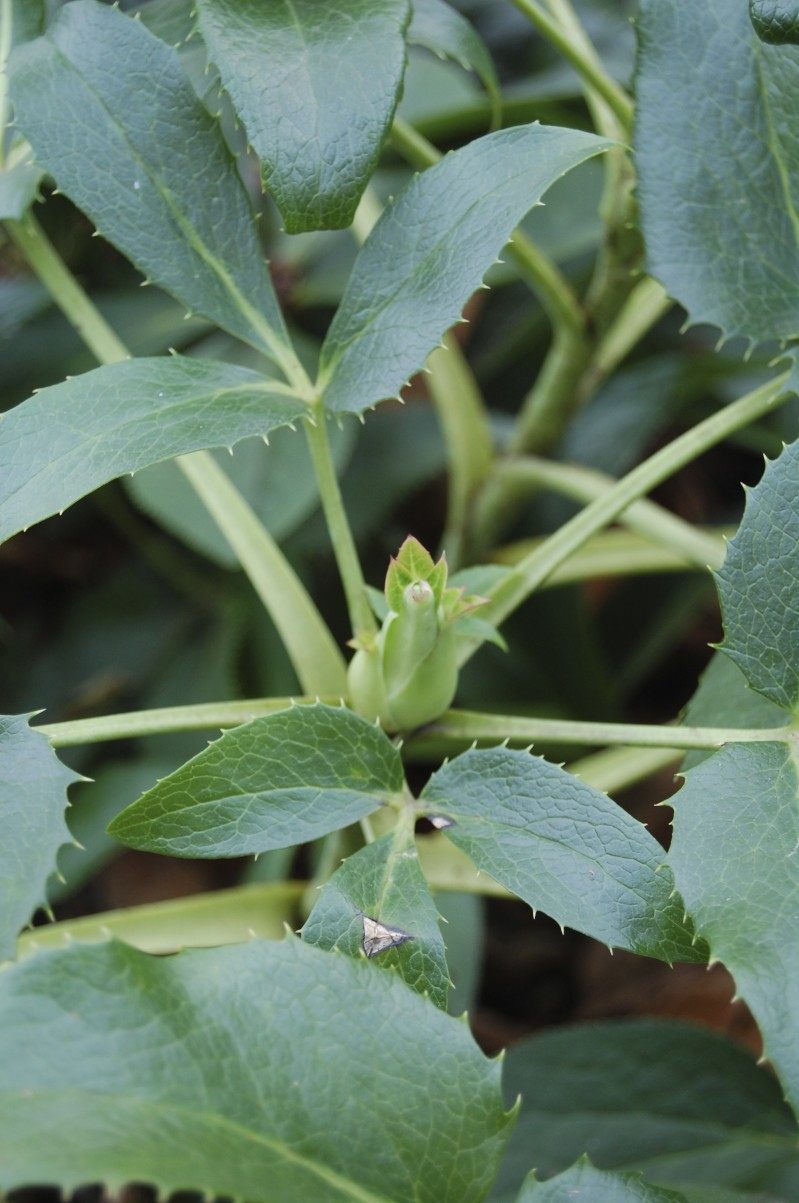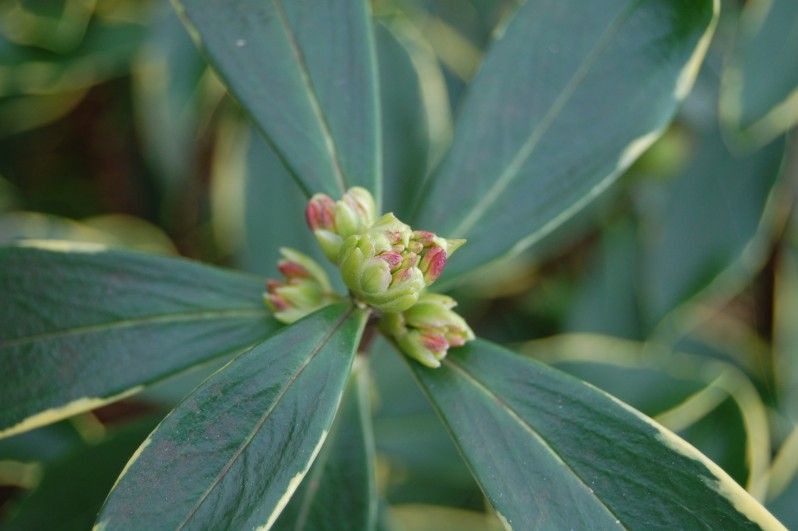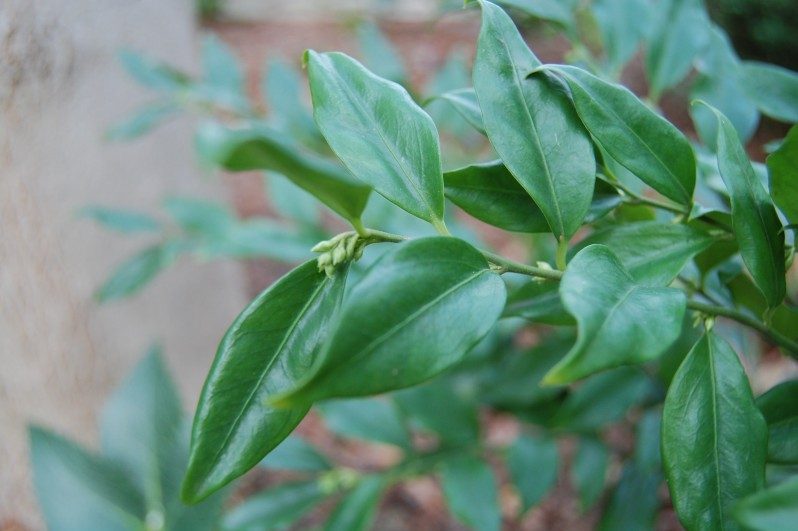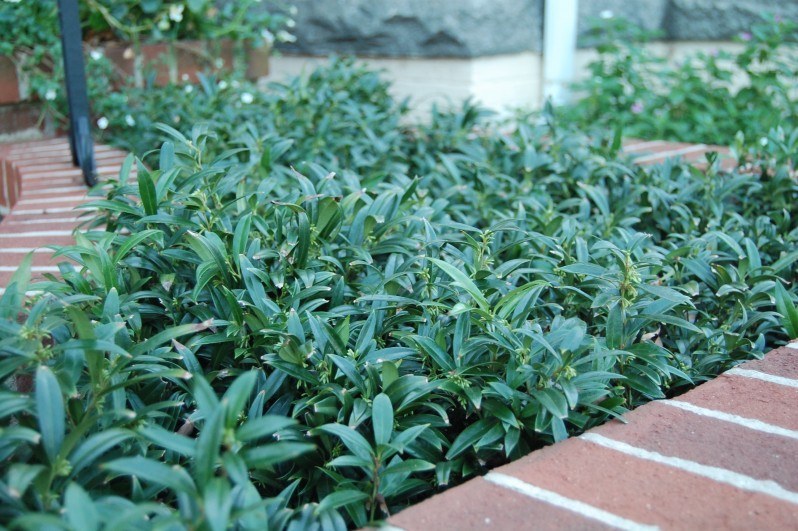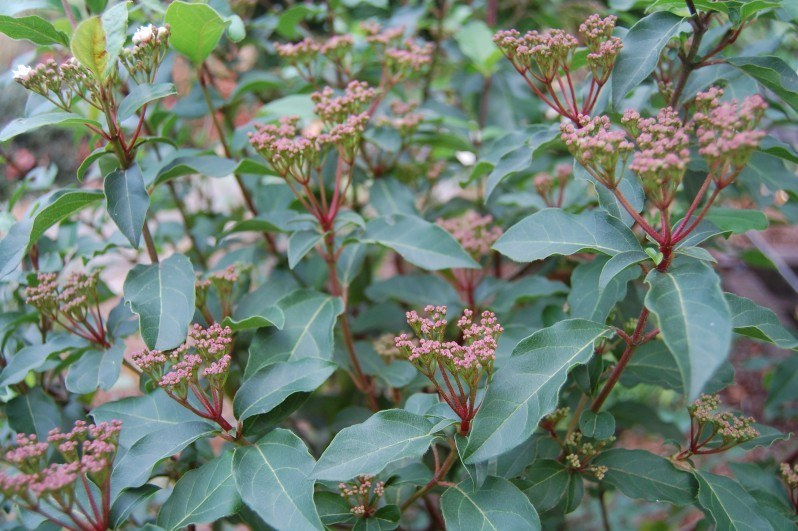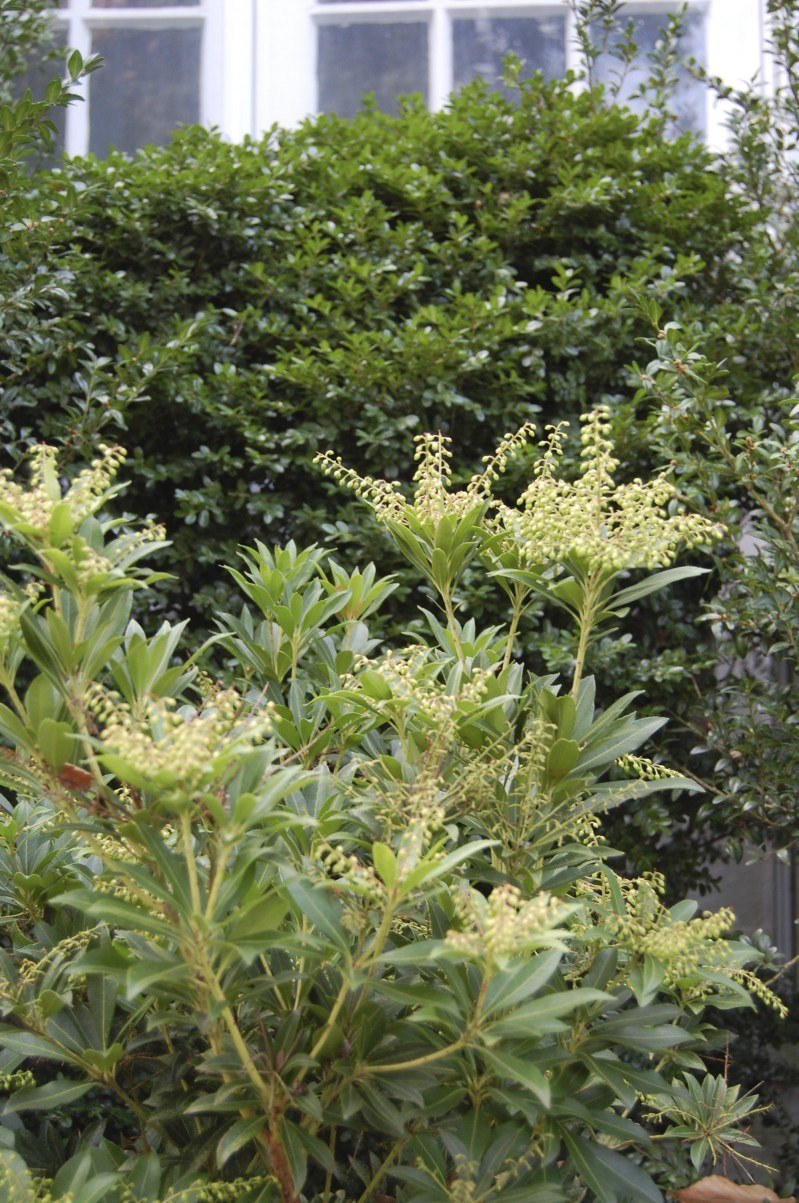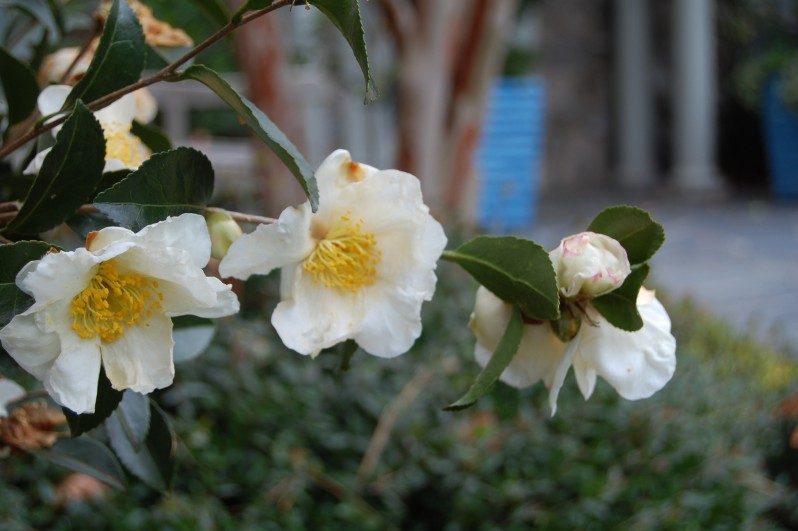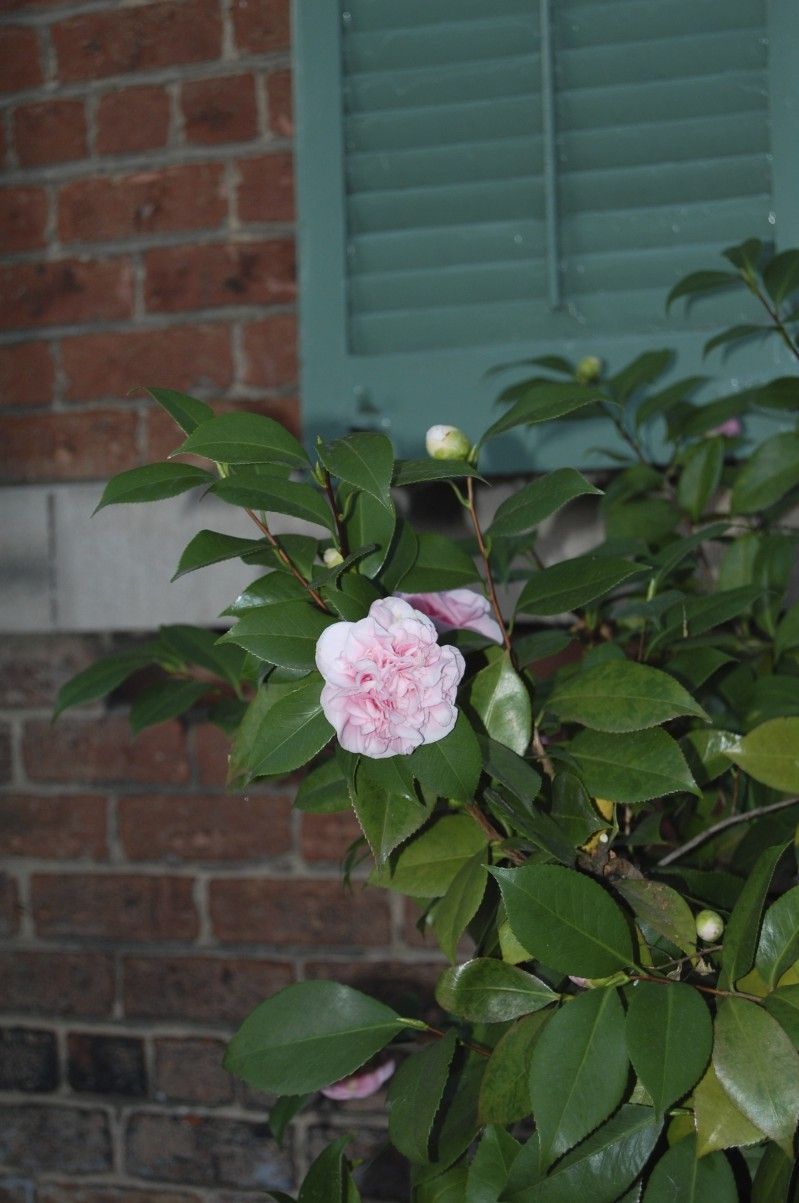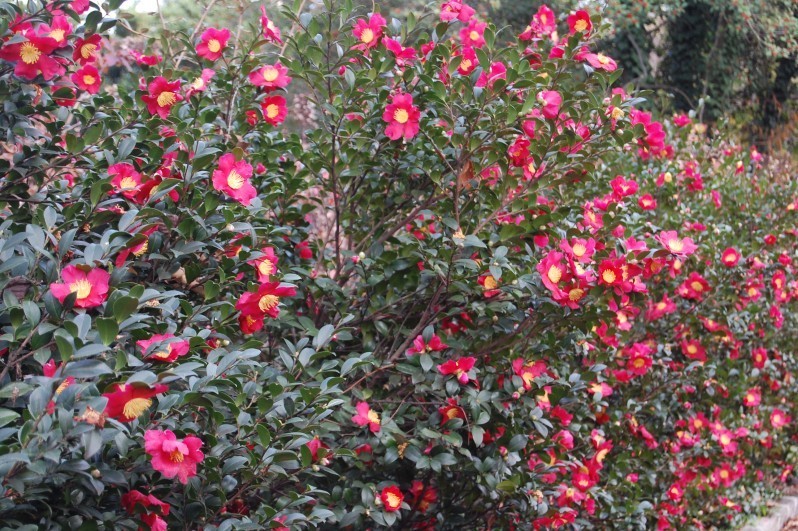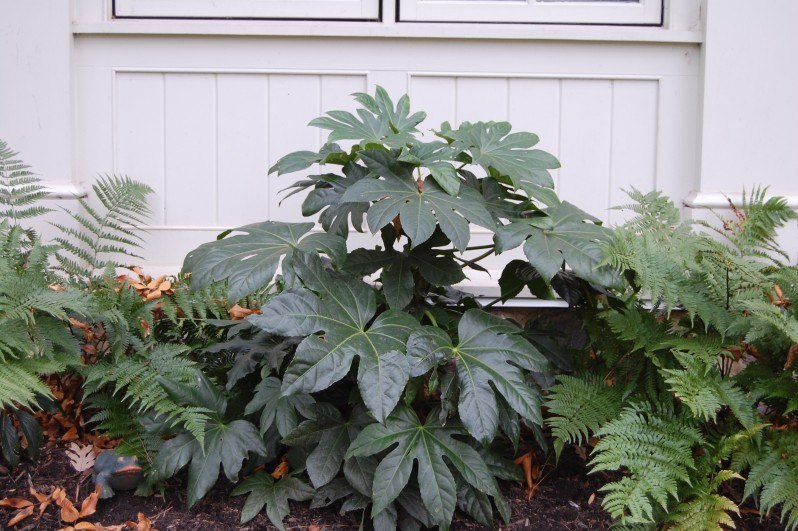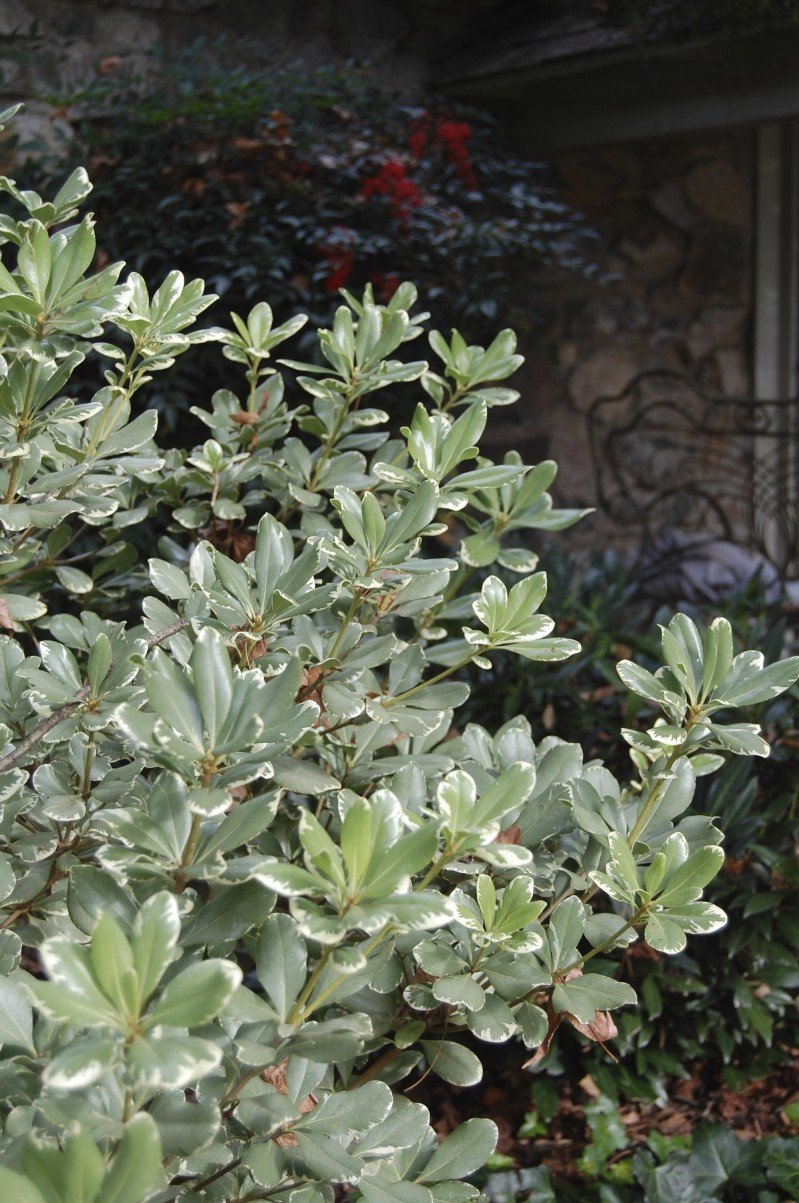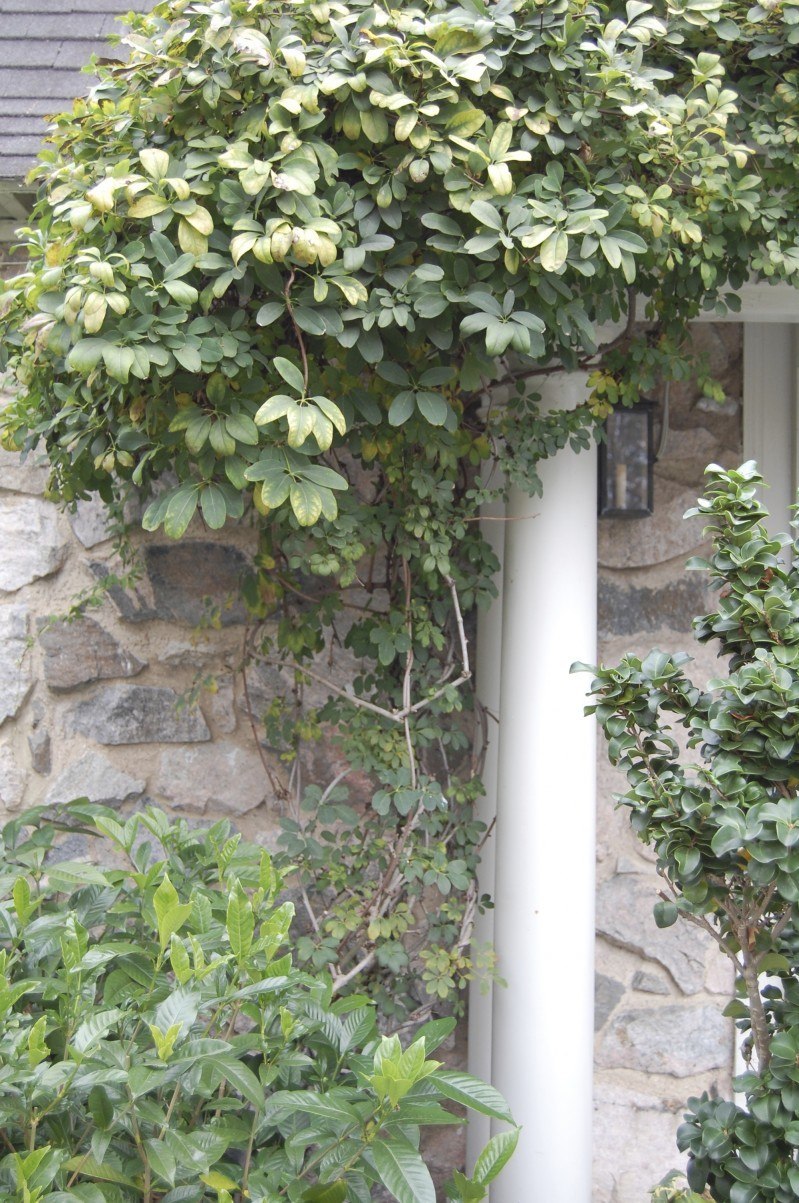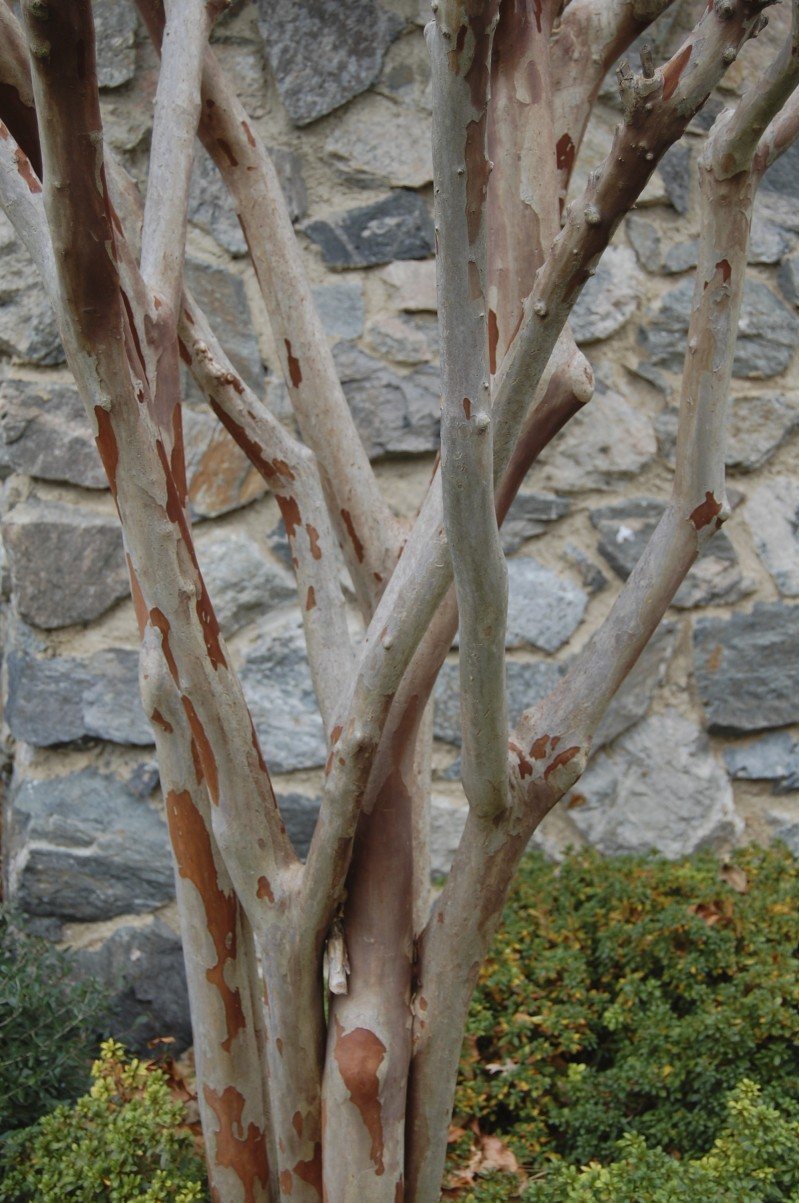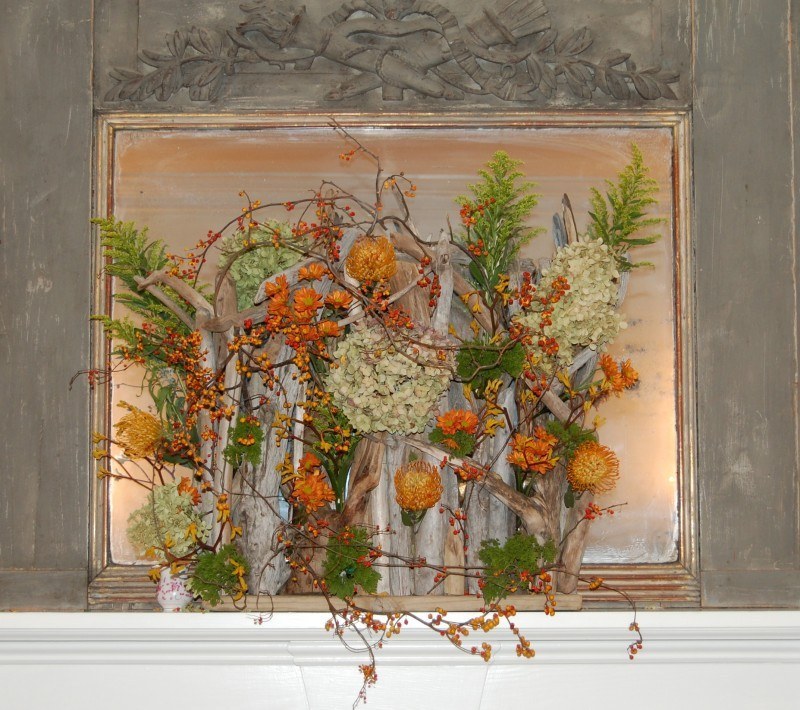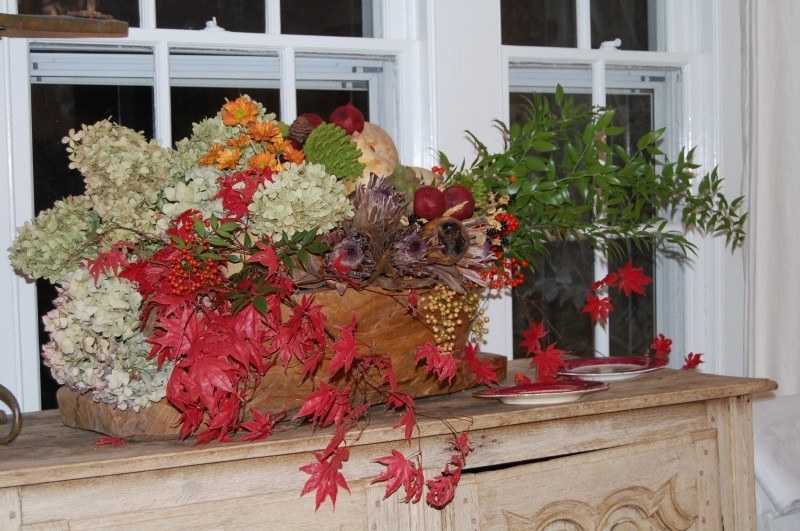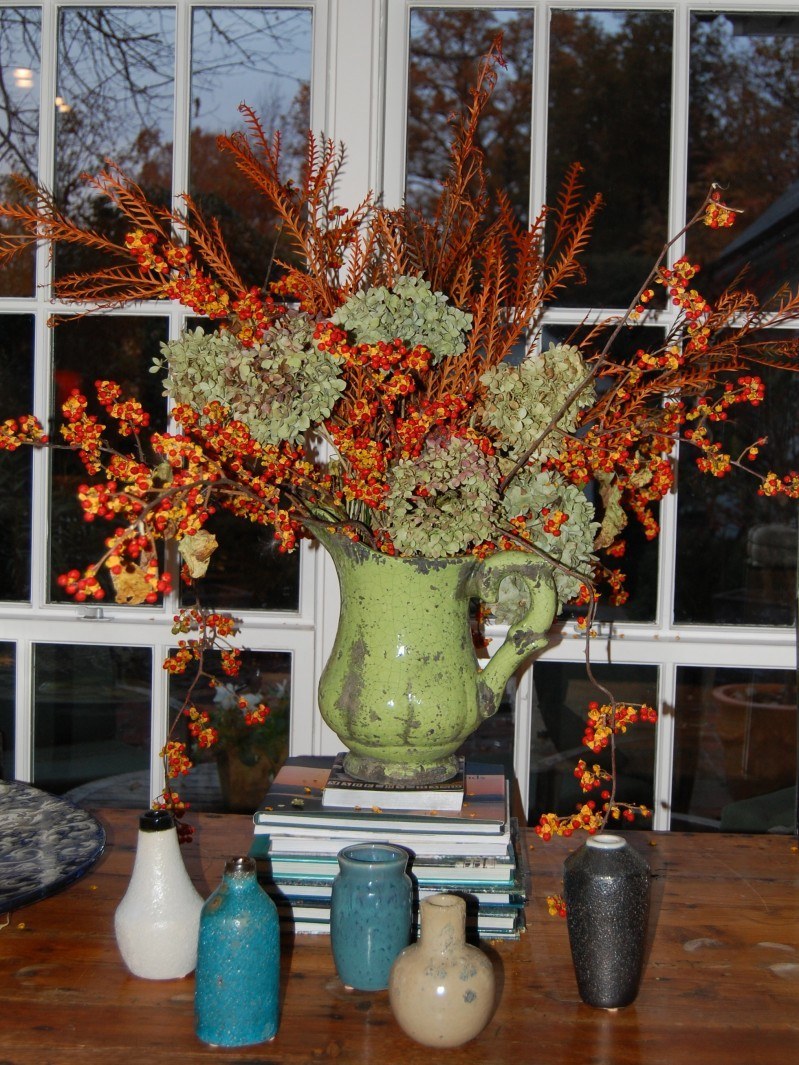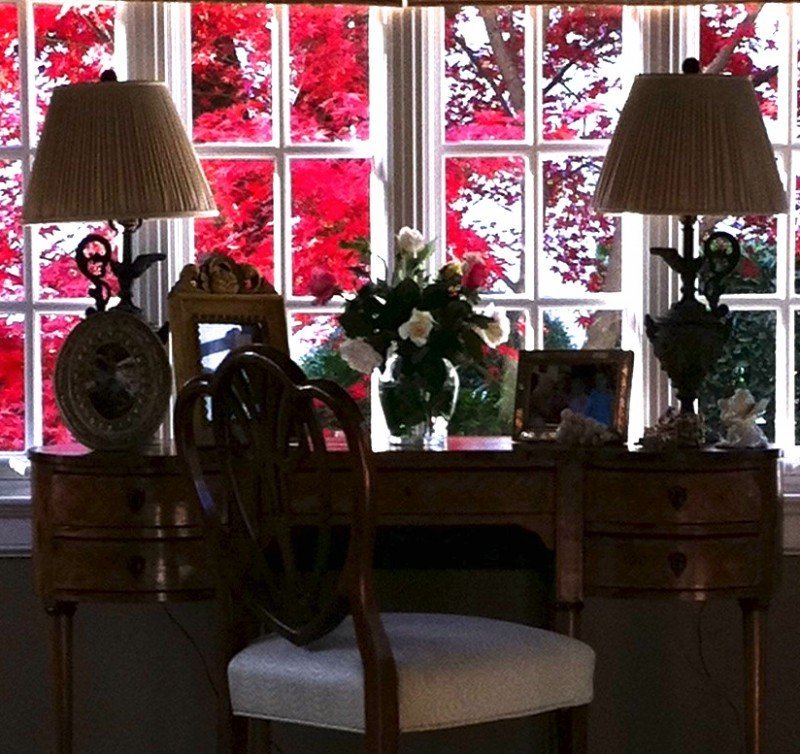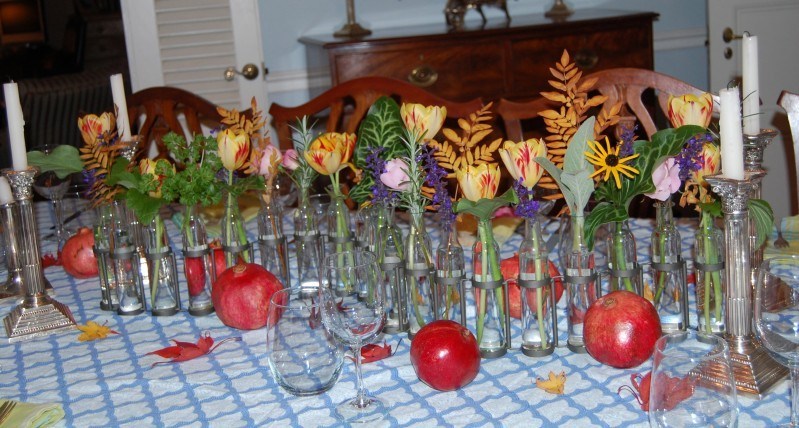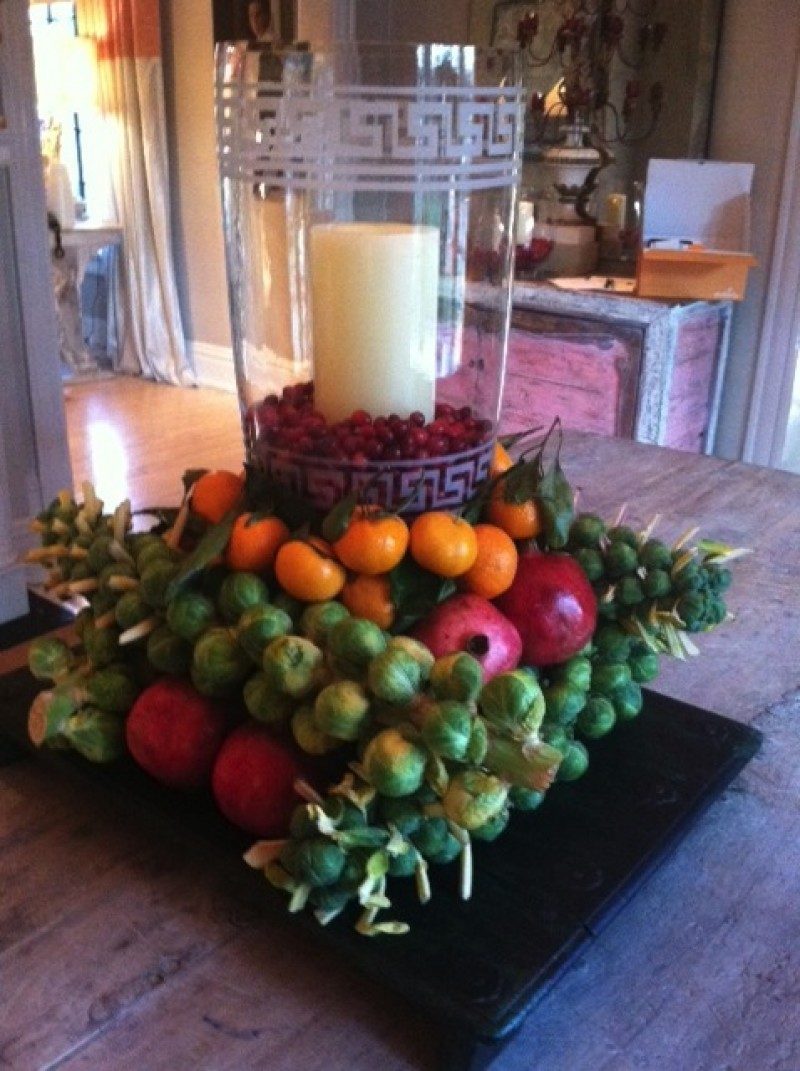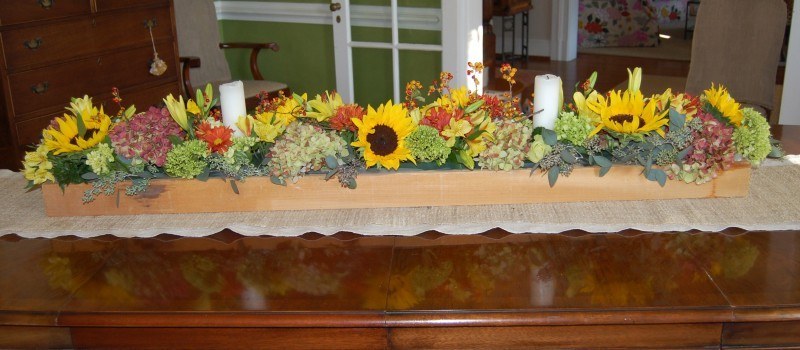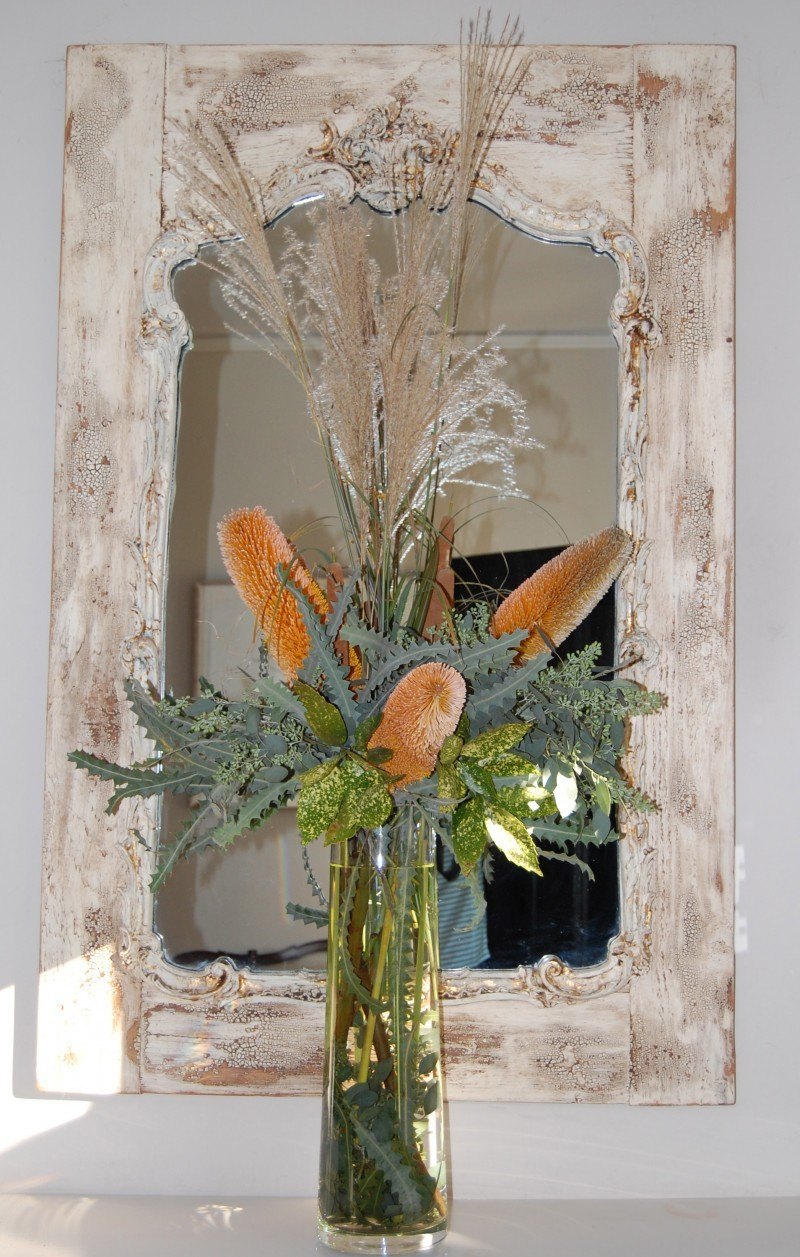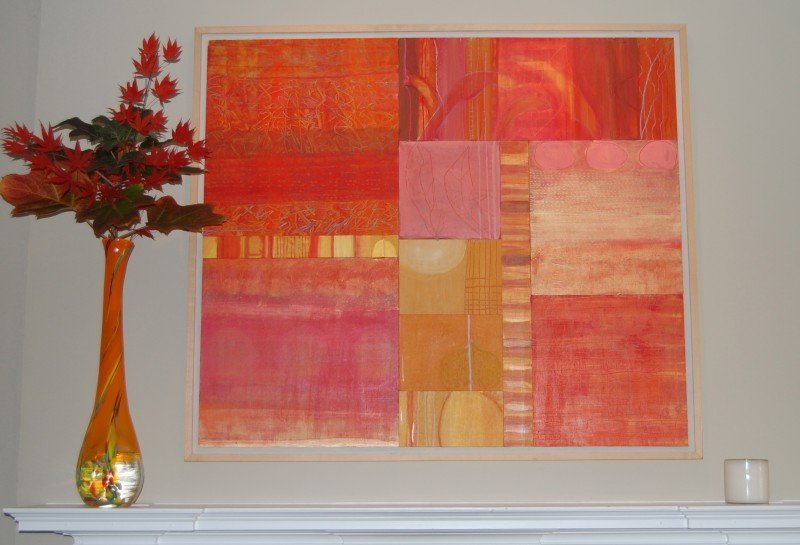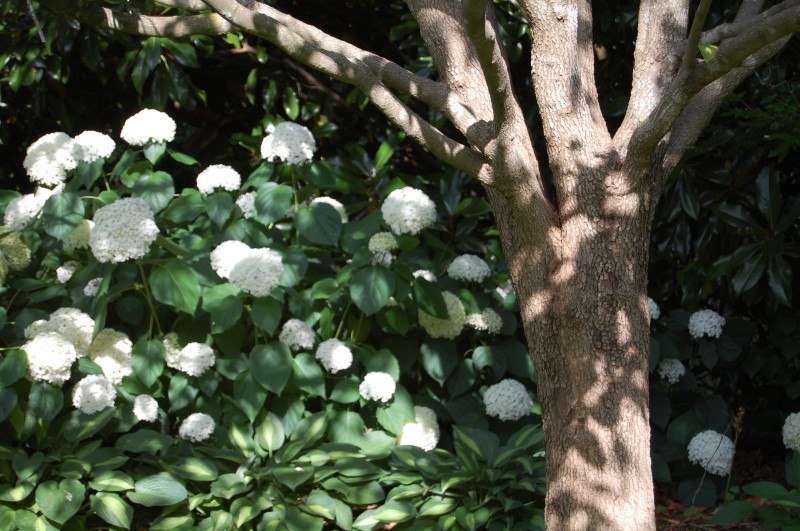
Hydrangeas are one of the mainstays of the American garden. They put on a show from mid-Spring to late Fall. Although they are a fan favorite, their care and identification can be a bit mystifying. This is an effort to clear up some of that confusion, so that you can choose the right hydrangea for the right spot, and give it the TLC it needs to reach its full potential.
HYDRANGEA MACROPHYLLA
The species Hydrangea macrophylla (meaning big leaf) encompasses the old-fashioned “Mop Heads” that bloom in a range from blue to pink, depending on the soil pH, as well as most Lacecaps, and the new “everblooming” hybrids.
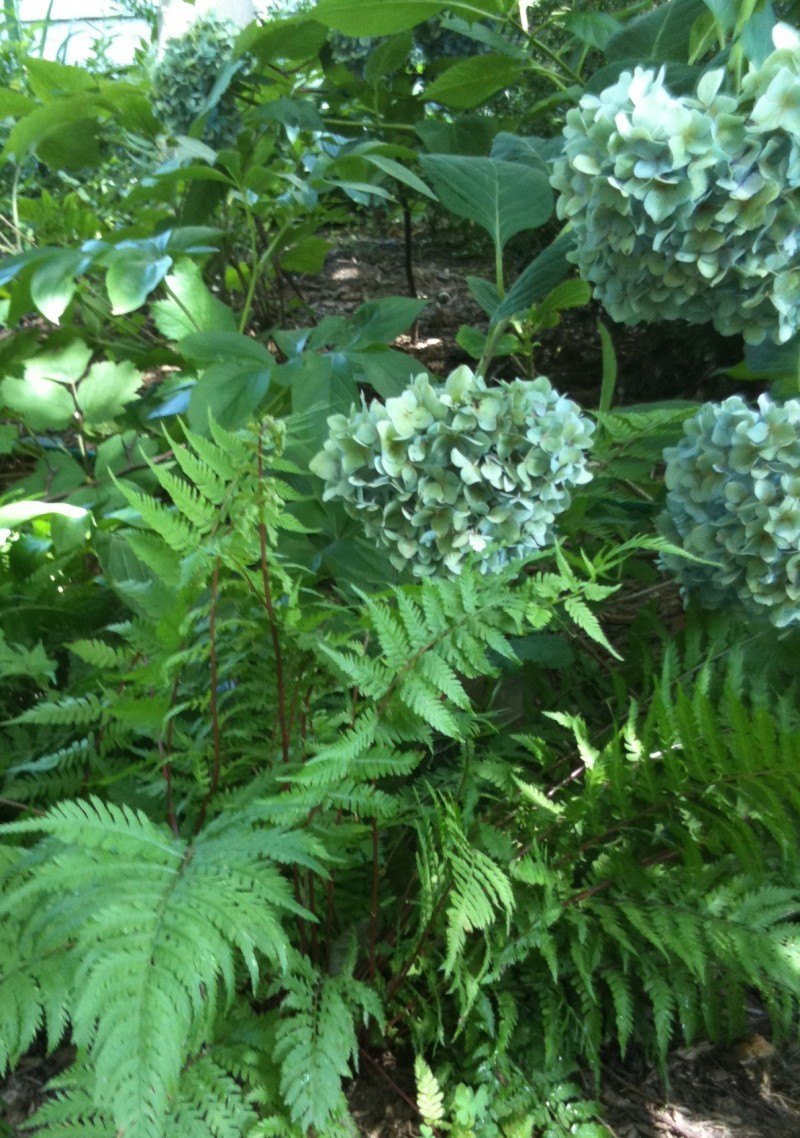
Nikko Blue Mophead Hydrangea (Hydrangea macrophylla ‘Nikko Blue’)
THE CLASSIC MOPHEAD HYDRANGEA is a deciduous shrub, 4 to 5 feet tall and wide, with large round blooms and glabrous 3-4 inch wide leaves. Depending on the cultivar and the soil conditions, the blooms range from blue to pink. The blossoms of the old-fashioned Mopheads (unlike the newer ever bloomers) progress, for the most part, at the same time — in mid-to late Spring, the blooms emerge, gradually intensifying in color until early Summer. The blooms become more muted as Summer progresses. Take the time to feel the blooms throughout the season. When first emerging, they have a moist, delicate feel. By mid-Summer, the blooms feel more sturdy, and by Summer’s end, they have dried to a paper-like texture. Early to mid-Summer blooms will last in water for at least a week. The dried blooms of late summer will last, without water, until an errant baseball grazes it.
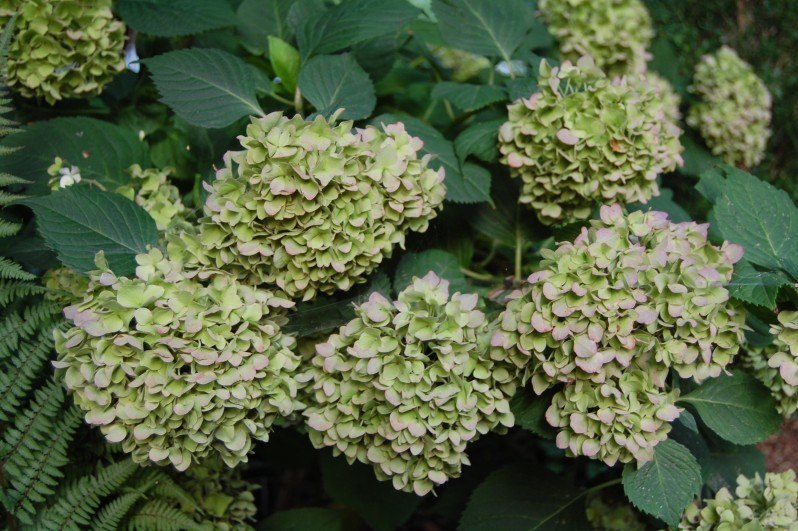
Hydrangea macrophylla ‘Nikko Blue’ as the blooms begin to dry
LACE CAP HYDRANGEAS are 4 to 5 feet tall and wide, with large flat blooms that contain fertile flower buds (stay closed) and sterile blooms that open around the perimeter of the blossom. The Lacecap blooms mid-Summer, then fades to a pale blue, purple, pink or ivory color in late Summer.
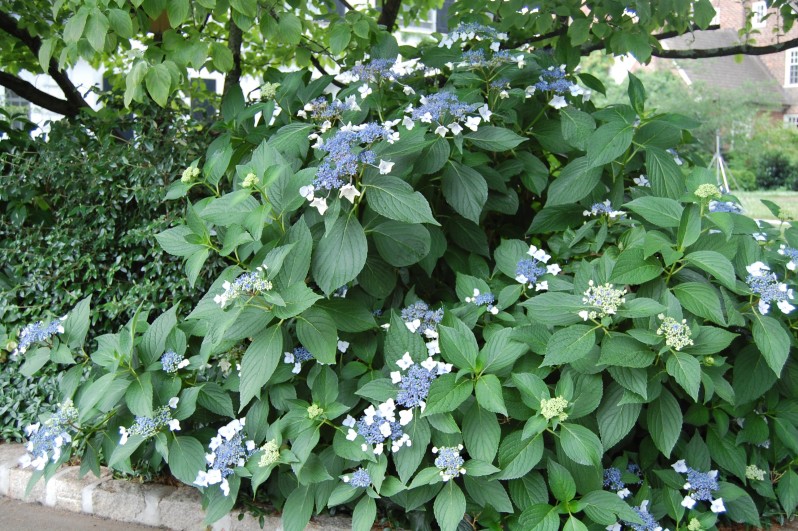
Blue Lacecap Hydrangea (Hydrangea macrophylla ‘Blue Wave’)
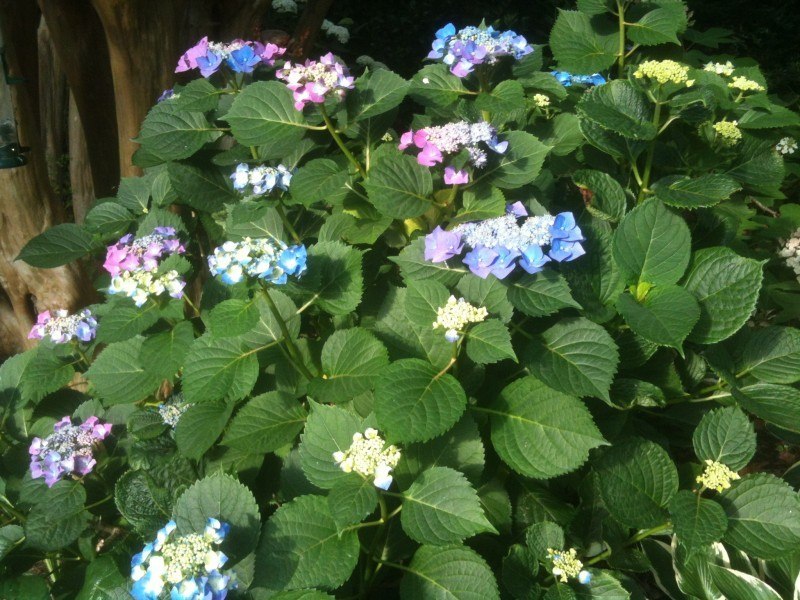
“Grocery Store” Lacecap Hydrangea
The “Grocery Store” Lace Cap, pictured above, is one of those Hydrangeas you pick up at the store during Winter, when you need something quick to put on the table because you just found out the dinner meeting is at your house tonight. Every Grocery Store Hydrangea I’ve planted has not only survived, but thrived. The one above is about five feet in diameter after about five years.
RE-BLOOMING HYDRANGEAS are a recent introduction to the market. Growers have produced new cultivars of Mophead Hydrangeas that continue to produce new blooms throughout the growing season. They are marketed under various names, such as Everblooming and Forever, and come in blues, pinks and whites. Much of the gardening world has gone gaga over these Hydrangeas. I have to admit that I am less than gaga about them. I find the plants to be an assault on the eyes. The lure of the classic Mopheads is its graceful aging. Since each of the flowers of the re-bloomers buds, blooms and dries at a different time, the striking impact of a mass display is lost and the planting often looks kind of messy.
That said, I have found the cultivar ‘Blushing Bride’, with its creamy white blooms, to be a nice introduction, since the color range is necessarily in a more limited range.
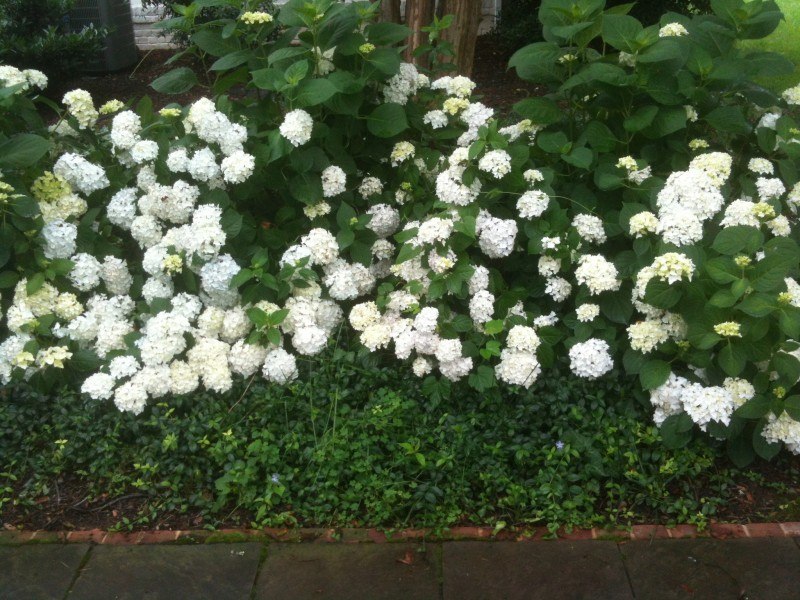
Blushing Bride re-blooming Hydrangea (Hydrangea macrophylla ‘Blushing Bride’)
FAVORITE CULTIVARS
- Hydrangea macrophylla ‘Nikko Blue’: the classic Blue Mophead Hydrangea.
- Hydrangea macrophylla ‘Queen of Pearls’: a new introduction of a pure white blooming Hydrangea, that fades to a pale green. Prefers some filtered shade.
- Hydrangea macrophylla ‘Variegata’: A Lacecap whose leaves have a white margin on the edges.
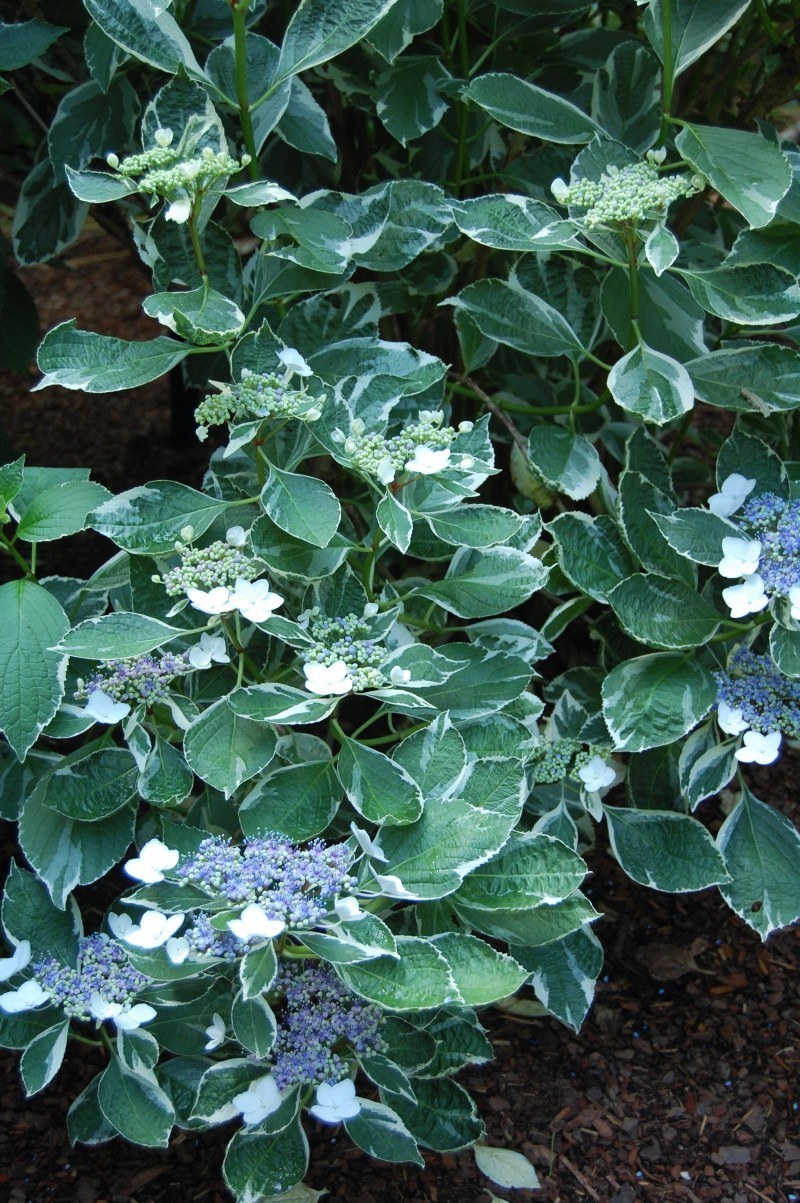
Variegated Lacecap Hydrangea
IDEAL CONDITIONS
Prefers morning sun and afternoon shade, in well-drained soil. Does not do well when competing with large tree roots.
FEEDING
Apply compost, composted manure or shredded leaves around roots. May benefit from a Spring application of 10-10-10 in the plant’s early years. For blue flowers, add a few handfuls of aluminum sulphate to the soil in early Spring (making the soil more acidic). Alternatively, add lime if you want the blooms to be pink (making the soil more alkaline).
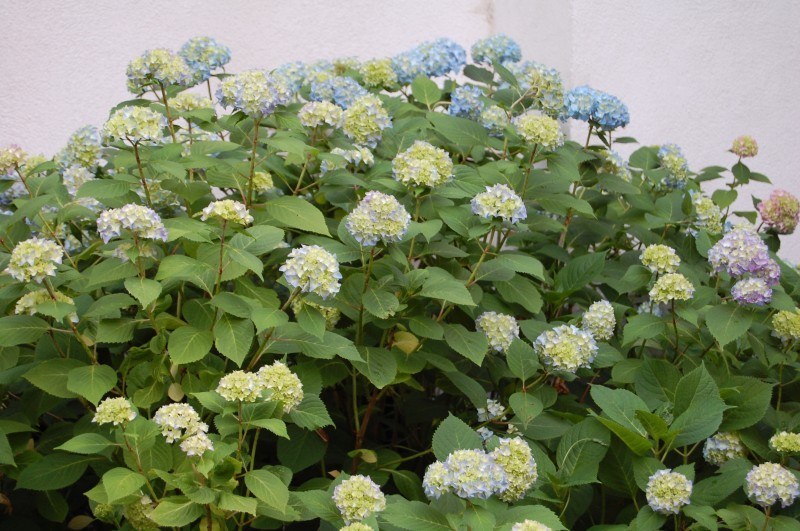
Mophead Hydrangea sporting blooms of various hues (probably caused by the rooted layering of the branches in soil with varying pH levels)
PRUNING
- Plant in a location where the Hydrangea will have the proper amount of room to grow, thus reducing the need for frequent pruning.
- You may deadhead the blooms anytime (cut or snap off bloom without taking too much of the stem) without sacrificing future blooms.
- Prune dead branches any time.
- Other than removing dead branches and spent blooms, do not prune the first 3-4 years after planting.
- Once the plant is about four years old, you can remove 1/4 to 1/3 of the older, brittle, woody, unproductive branches in Summer or Fall, before dormancy. I wait until Summer or Fall because it becomes very easy to determine which of the branches are old farts. They either have no growth on them, or they have produced no blooms.
- If you need to prune the shrub to reduce its size, do so no later than late July, since Macrophylla Hydrangeas begin producing the next year’s flowering buds in August, on old stems (stems produced prior to the year the stem flowers). EXCEPTION: Re-blooming Hydrangeas do not strictly bloom on old wood, and so you will get some blooming even if you prune during the prior Fall and Spring.
HYDRANGEA QUERCIFOLIA
Hydrangea quercifolia, better known as Oakleaf Hydrangea, is a large, sprawling, beautiful, muscular deciduous shrub with 4 seasons of interest. Blooms emerge in late Spring and turn pink in Summer. Leaves become bright red in Fall and exfoliating branches provide winter interest. In mild Winters, many leaves persist and hold their Fall color until new growth emerges in Spring.
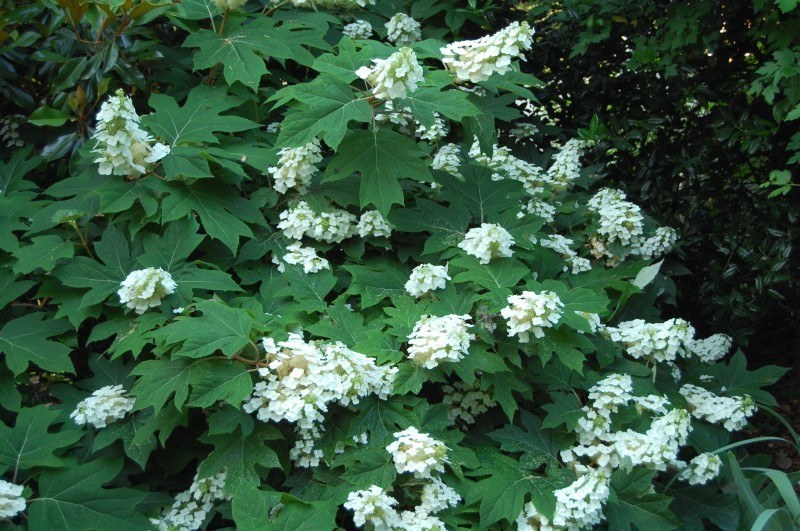
Oakleaf Hydrangea ‘Snow Queen’ (Hydrangea quercifolia) in full bloom
Oakleaf Hydrangea is a deciduous shrub that grows up to 10 feet tall and 6 feet wide, with large leaves that look like lobed Oak leaves and large conical blooms (some sterile, some fertile) that emerge white, turning pink, then bronzy, and finally brown by the end of the Summer. It is native to Virginia.
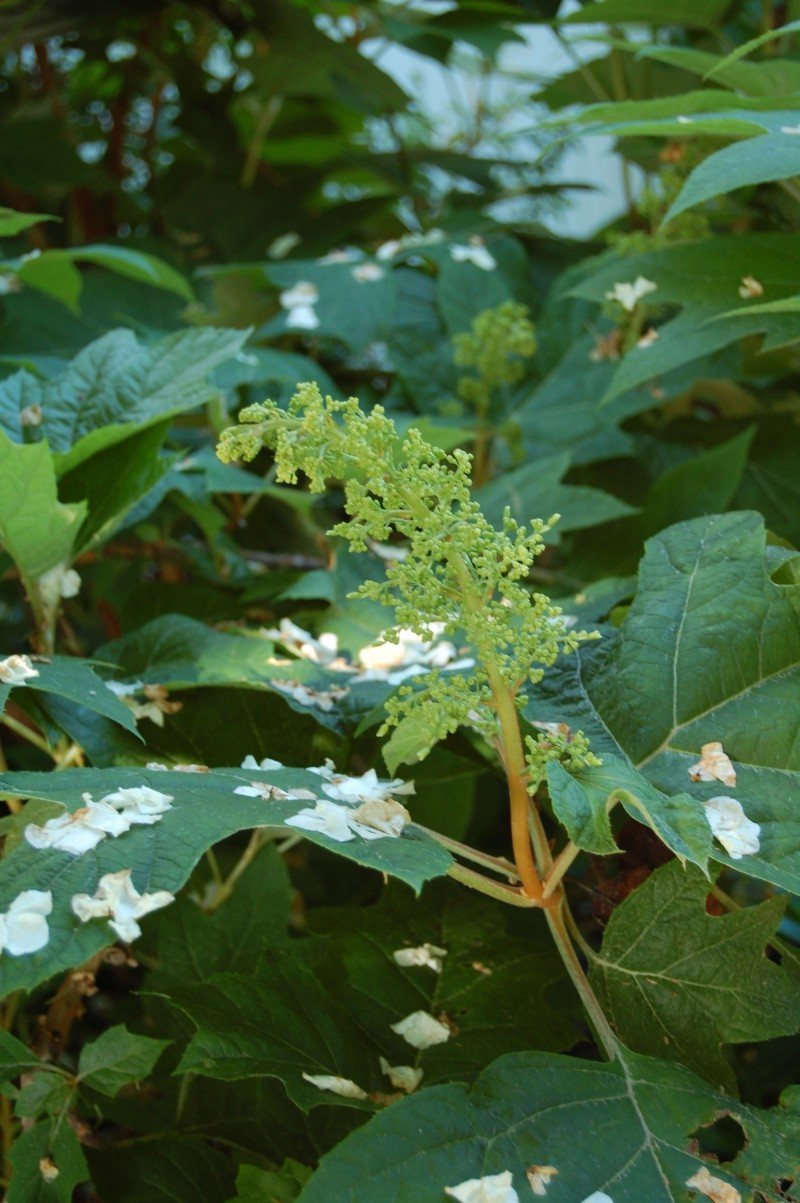
Oakleaf Hydrangea (Hydrangea quercifolia) in bud
IDEAL CONDITIONS
Prefers morning sun and afternoon shade. Will bloom in dappled shade. Requires well-drained soil– does not like wet feet.
FEEDING
Apply compost, composted manure or shredded leaves around roots. May benefit from a Spring application of 10-10-10 in the plant’s early years.
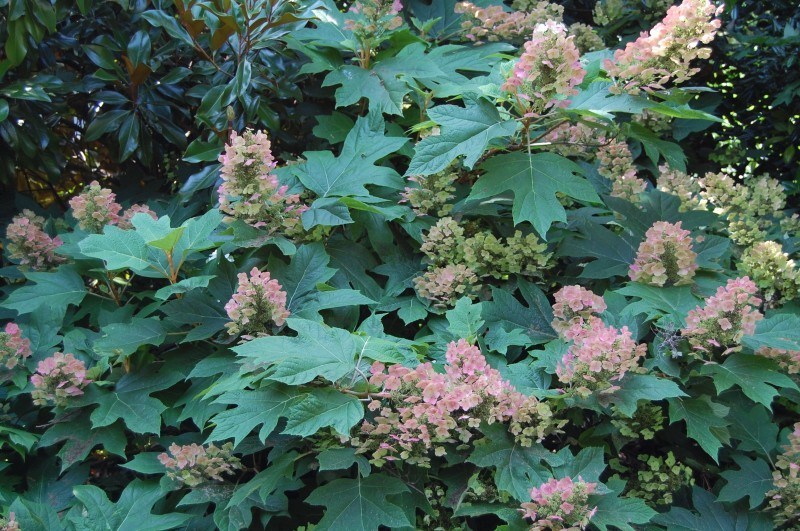
Oakleaf Hydrangea (Hydrangea quercifolia) ‘Snow Queen’
PRUNING
- Plant in a location where the Hydrangea will have the proper amount of room to grow, thus reducing the need for frequent pruning. Oakleaf Hydrangea get BIG!
- You may deadhead the blooms anytime (cut or snap off bloom without taking too much of the stem) without sacrificing future blooms.
- Prune dead branches any time.
- Other than removing dead branches and spent blooms, do not prune the first 4-5 years after planting.
- Oakleaf Hydrangeas bloom on old wood (stems that have existed since the summer before the current season). Once the plant is five years old, you can remove 1/4 to 1/3 of the older unproductive branches in Summer or Fall, before dormancy.
- If you need to prune the shrub to reduce its size, do so no later than late July, since Oakleaf Hydrangeas begin producing the next year’s flowering buds in August.
FAVORITE CULTIVARS
- Hydrangea quercifolia ‘Snow Queen’: blooms are up to 8 inches long, and foliage turns a beautiful scarlet in Fall.
- Hydrangea quercifolia ‘Little Honey’: I have not grown this new cultivar yet, but I have heard rave reviews. It growns to only 3-4 feet tall and sports chartreuse yellow leaves, turning medium green, and finally, in Fall, scarlet red. Another dwarf to consider is ‘Pee Wee’.
HYDRANGEA ARBORESCENS
Hydrangea arborescens, or Smooth Hydrangea, is native to Virginia’s woodlands. Its most popular cultivar, Annabelle, has become synonymous with the species. It is beautiful in a mass planting, and long lasting in flower arrangements.
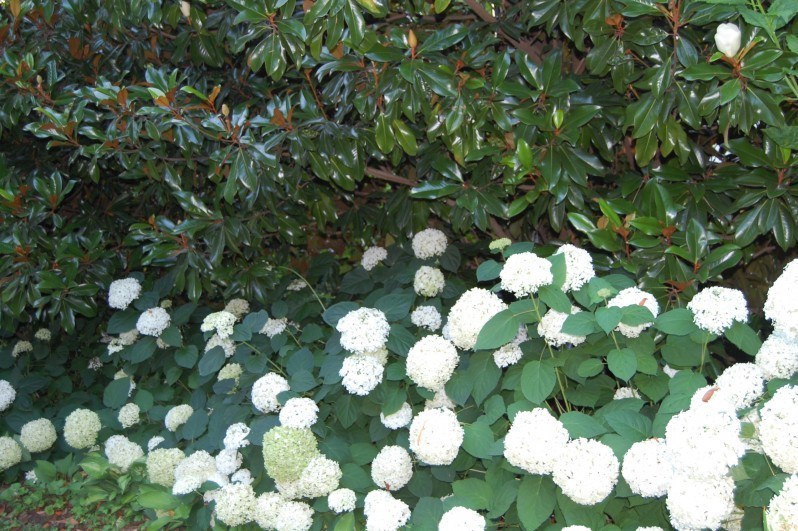
Hydrangea arborescens ‘Annabelle’
Smooth Hydrangea is a deciduous shrub, 4 to 5 feet tall and wide, with large round white blooms that fade to a pale green in late Summer, and ultimately turn brown in Fall (or earlier, under drought conditions). The leaves are about 3-5 inches wide and 4-6 inches long, darker and thinner than the leaves of Hydrangea macrophylla.
The Hydrangea pictured below is a Lacecap version of the Smooth Hydrangea. I did not know such a cultivar even existed until the one below bloomed in a client’s yard this Summer. I had specified a mass of Annabelles, and all were identified as such by the nursery. Thus, we were quite surprised when most of the Hydrangeas produced the typical large white globes, but a couple produced the lacecap. The one pictured below is probably ‘White Dome.’ So that you ensure you get the cultivar you desire, I recommend either buying the plants in bloom, or holding on to your tags and receipt in case you get a misidentified plant.
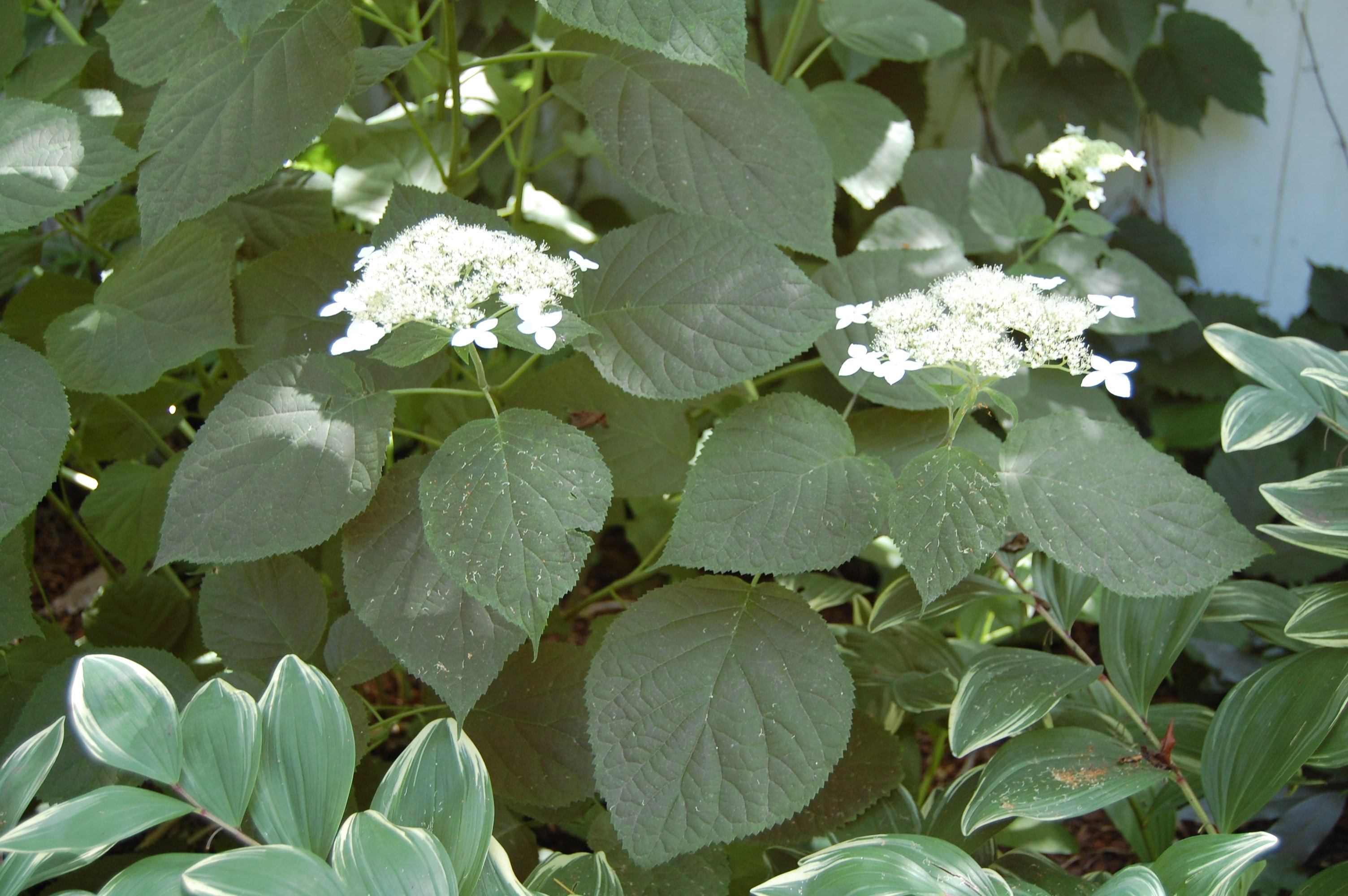
[break]
IDEAL CONDITIONS
Prefers morning sun and afternoon shade, or dappled shade, in well drained soil. It will bloom in deep shade as well, although not as prolifically.
FEEDING
Apply compost, composted manure or shredded leaves around roots. May benefit from a Spring application of 10-10-10 in the plant’s early years.
PRUNING
Unlike the Mophead or Oakleaf, Hydrangea arborescens blooms on new wood. I treat this Hydrangea like a woody perennial. I cut back all branches to about 18-24 inches in Fall or early Spring. It is fine to snip off blooms that have turned brown at any time.
FAVORITE CULTIVARS
- Hydrangea arborescens ‘Annabelle’: the classic Smooth Hydrangea. Its 4-6 inch white blooms, fading to green, are an improvement on the species, which has a more understated bloom.
- Hydrangea arborescens ‘Incrediball’: Annabelle on steroids. Larger blooms, and stems that do a better job withstanding the weight of their blooms, especially when wet from watering or rain.
HYDRANGEA PANICULATA
Hydrangea paniculata differs from the other Hydrangeas in two ways: first, it prefers full sun, and second, it can be trained to grow into a small tree. ‘Limelight’ and ‘Tardiva’ are the two most popular and widely planted cultivars.
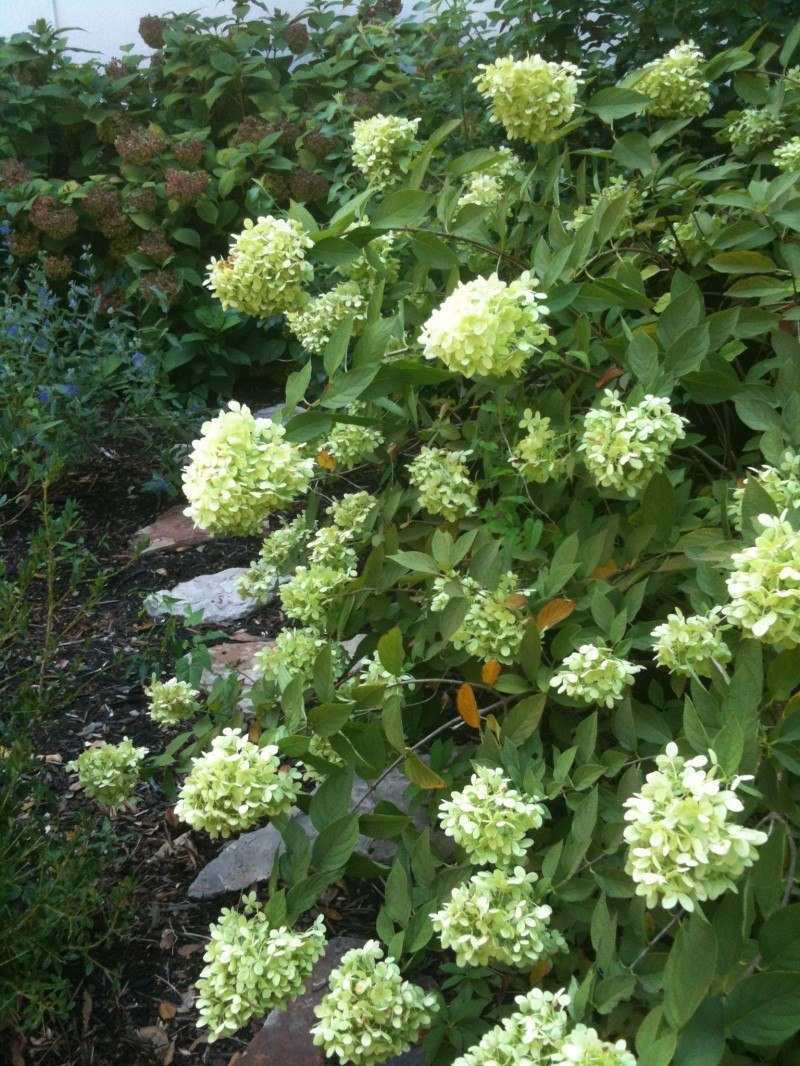
Hydrangea paniculata ‘Limelight’
LIMELIGHT: A deciduous shrub or small tree, up to 10 feet tall and 6 feet wide, with a profusion of large oblong blooms that emerge pale green, become white, and usually turn pink late in Summer. The leaves are 2 inches wide and 3-4 inches long. The plant is spectacular from a distance because it is covered in blooms, but at closer range it is not a very graceful looking plant. For this reason, it is important to take care in pruning it.
A new cultivar, ‘Little Lime’, has hit the market. It is billed as a dwarf version of the Limelight Hydrangea. While it is a smaller version of the Limelight, it sends out several longer shoots, making the plant look gawky. Also, the blooms, while somewhat smaller than those of the Limelight, are still fairly large, and look out of proportion to the diminutive plant. I’m not a fan.
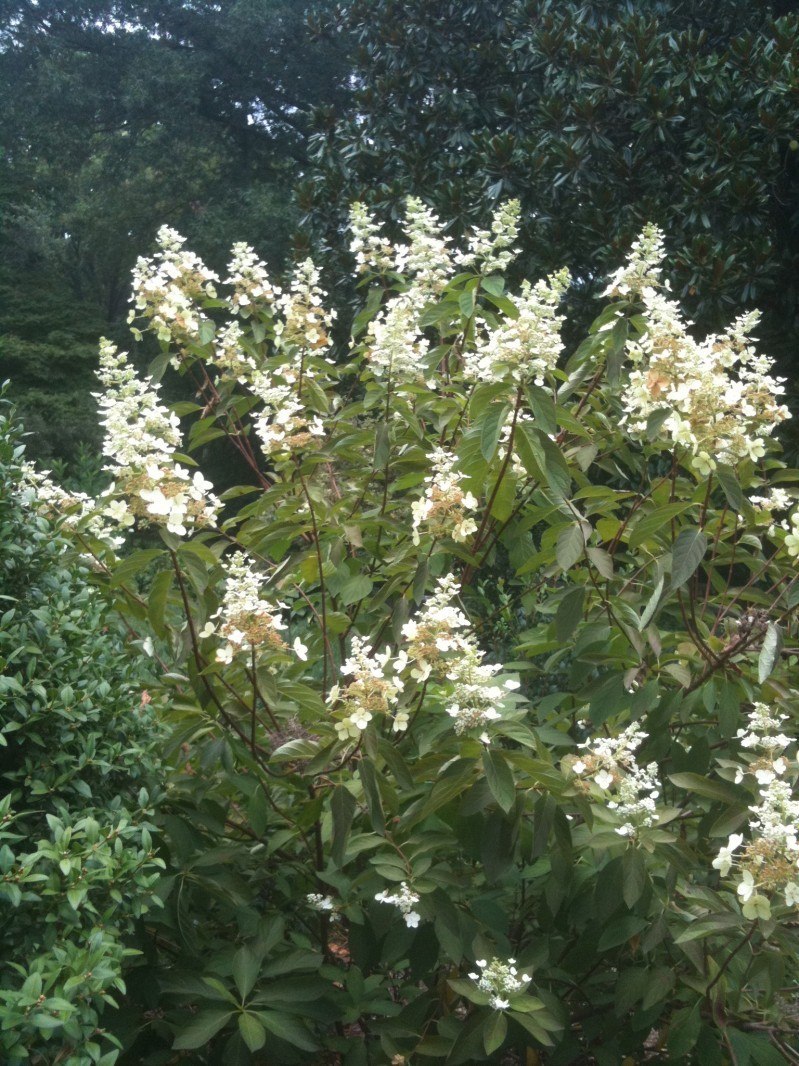
Hydrangea paniculata ‘Tardiva’
TARDIVA: A deciduous shrub or small tree, up to 10 feet tall and 6 feet wide, with cone-shaped blooms that emerge pale green, become white, and usually turn pink late in Summer. The leaves are 2 inches wide and 3-4 inches long. Although the Tardiva does not bloom as profusely as the Limelight, it is a more graceful looking plant than the Limelight. Its natural habit is more tapered, and its branches are less spindly.
IDEAL CONDITIONS
Prefers full sun and moist, well-drained soil. Will bloom less profuseley in part sun.
FEEDING
Apply compost, composted manure or shredded leaves around roots. May benefit from a Spring application of 10-10-10 in the plant’s early years.
PRUNING
Hydrangea paniculata blooms on new wood (stems that develop on the plant in the current season’s growth), thus it can be pruned, without sacrificing bloom, anytime except late Spring and early Summer (when buds are set). To keep as a 4 to 5 foot shrub, prune back to about 24 inches in Fall or early to mid Spring (see picture below). To train as a small tree, remove lower branches, and spindly or crossing interior branches in Fall, Winter or Spring.
One observation I made in my own yard, that may or may not be true for the plants in general: the Limelights that I whack back completely tend to produce smaller, more rounded blooms (about 3-5 inches in diameter) than those I only thin, but let grow into small trees (blooms are more oblong, and about 6-8 inches long and 3-5 inches wide).
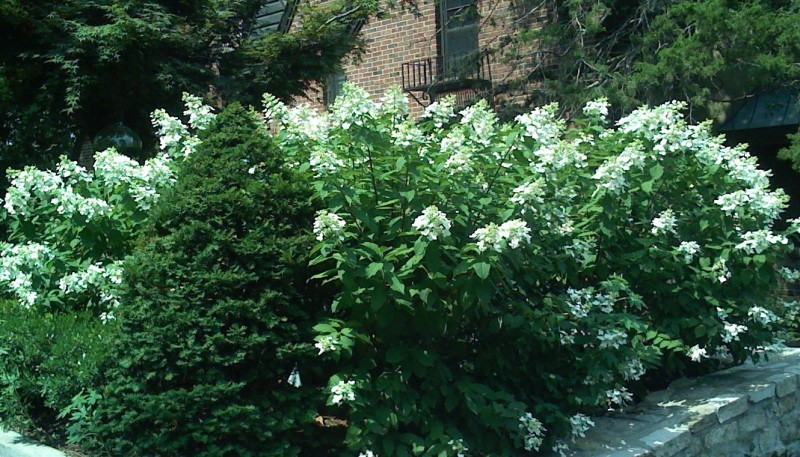
Tardiva Hydrangea (Hydrangea paniculata ‘Tardiva’), annually pruned to stay small
HYDRANGEA PETIOLARIS
Climbing Hydrangea (Hydrangea petiolaris, also known as Hydrangea anomala subspecies petiolaris), is a deciduous vine. It usually climbs to about 10 feet, but can climb up to 60 feet. Its tendrils cling to rough surfaces. It will grow on walls, fences and even trees. I have seen it planted to scamper across the ground or rocks as well. Flowers are off-white flat clusters, 6 to 10 inches across, with tiny fertile flowers in the center, surrounded by a ring of larger 4 petaled sterile flowers. The exfoliating bark on the branches provides Winter interest.
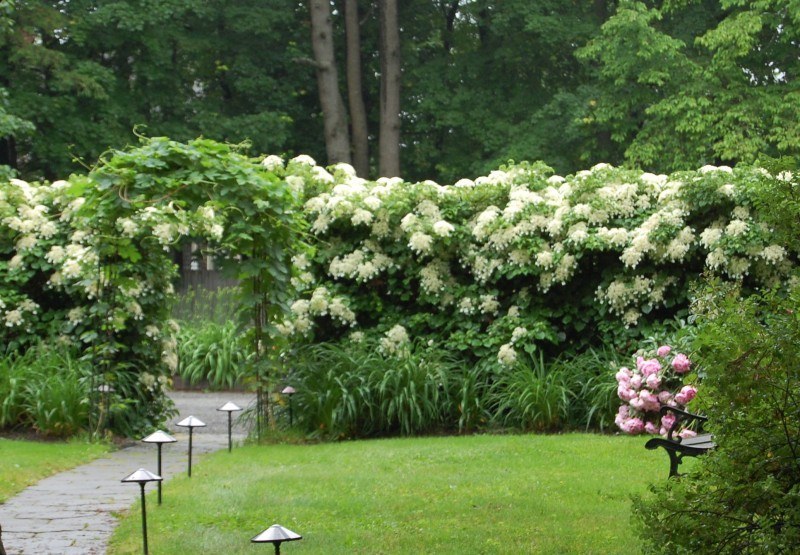
Hydrangea petiolaris (Climbing Hydrangea) drapes a fence and arbor in Maine
IDEAL CONDITIONS
Will tolerate full sun to part shade, preferring morning sun and afternoon shade. Soil should be rich, moist and well-drained.
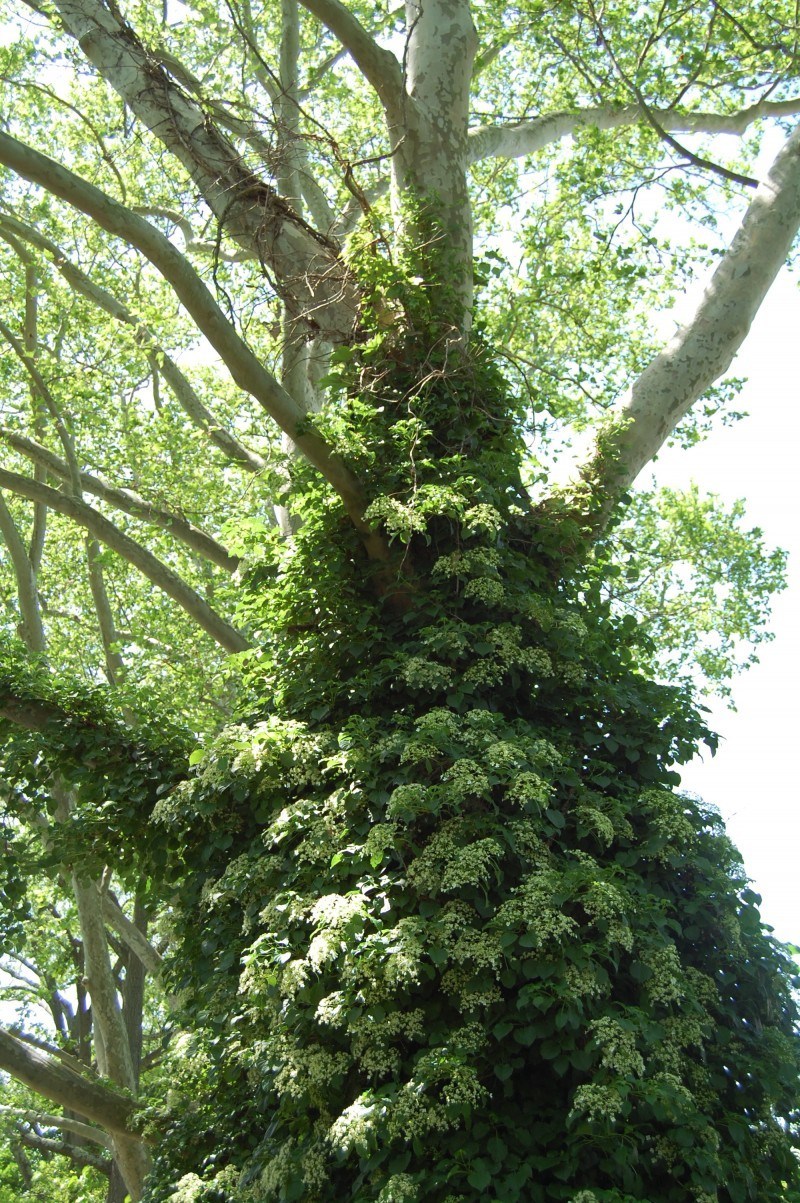
Hydrangea petiolaris (Climbing Hydrangea) climbs a Sycamore (maybe a little too aggressively)
FEEDING
Apply compost, composted manure or shredded leaves around roots. May benefit from a Spring application of 10-10-10 in the plant’s early years.
PRUNING
Grows slowly its first few years. It often does not flower for at least 5 years after planting. The vine grows out from its support, as well as up the support. If outer growth is not desired, prune as necessary. Otherwise, only prune for size, just after flowering.
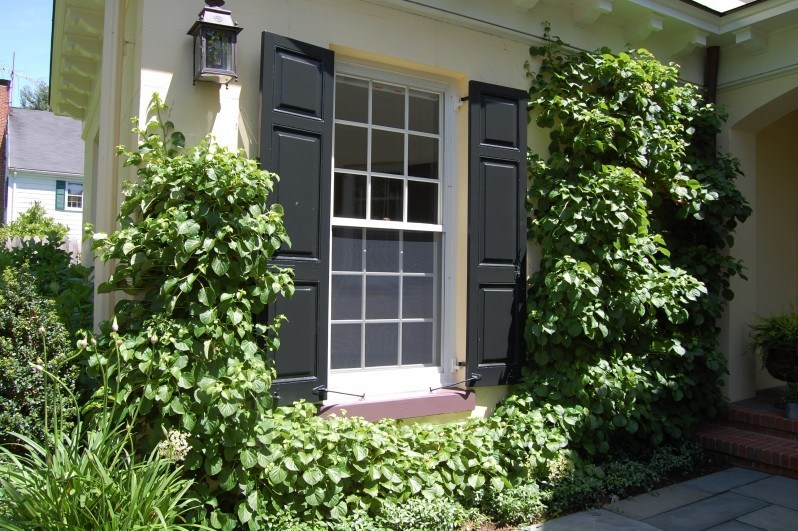
Hydrangea petiolaris (Climbing Hydrangea) frames a window
RESOURCES:
Virginia Native Plant Society
North Carolina State University Department of Horticulture
Hydrangeas Plus
All About Hydrangeas
Michael Dirr, Manual of Woody Landscape Plants
Richmond Times Dispatch article by Nancy Ross Hugo many years ago
